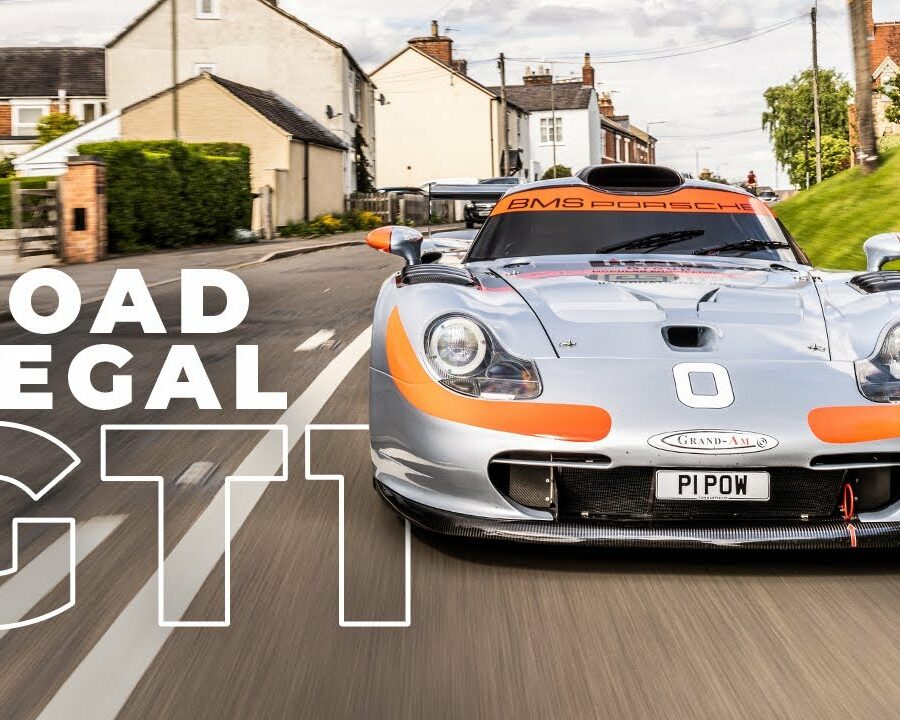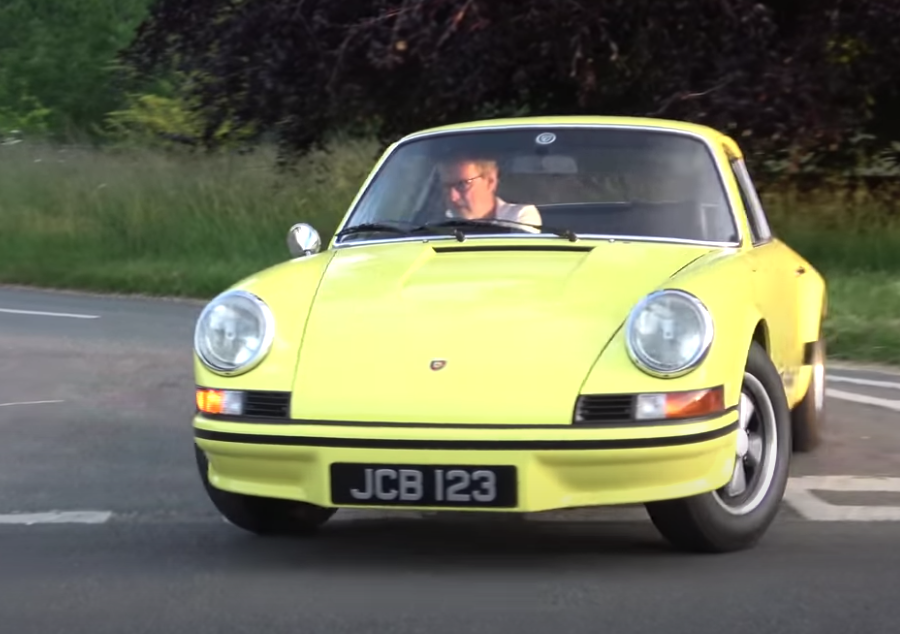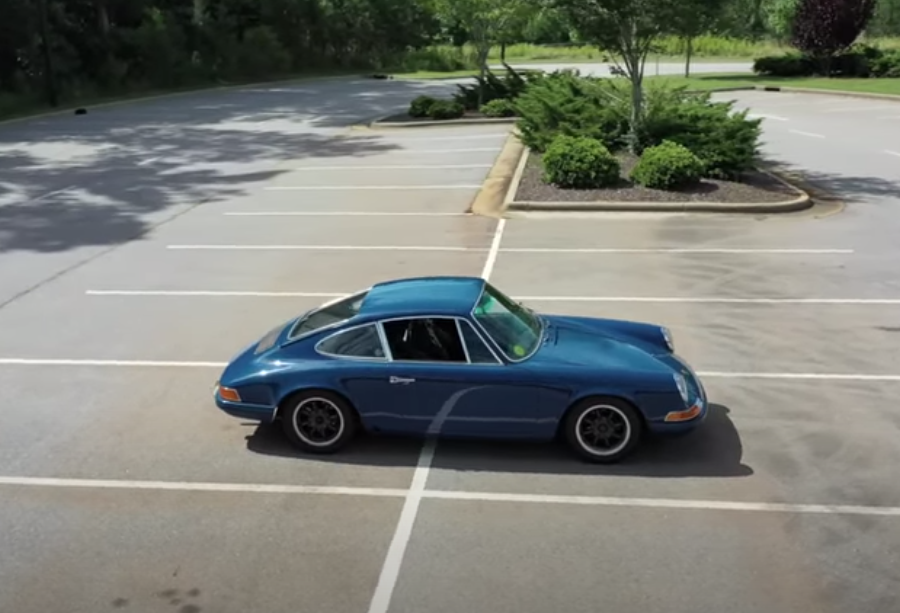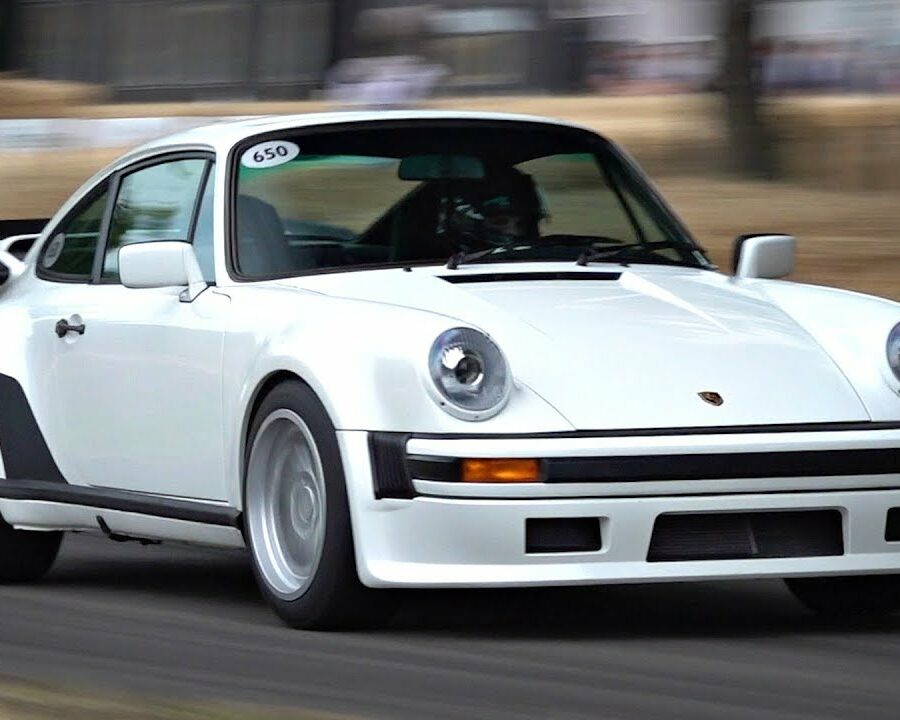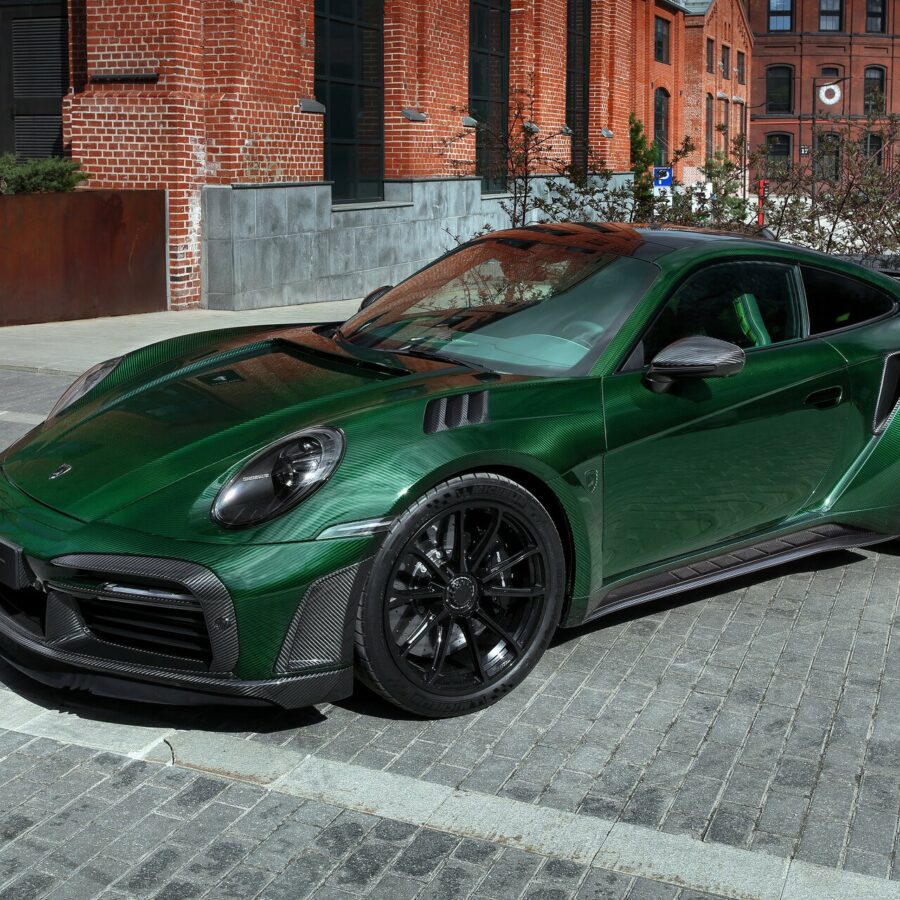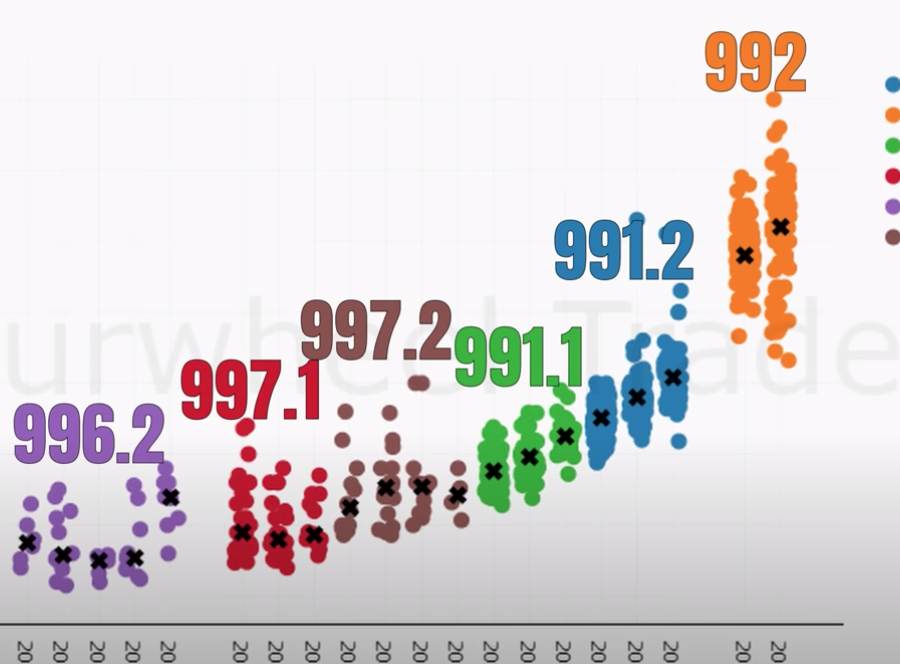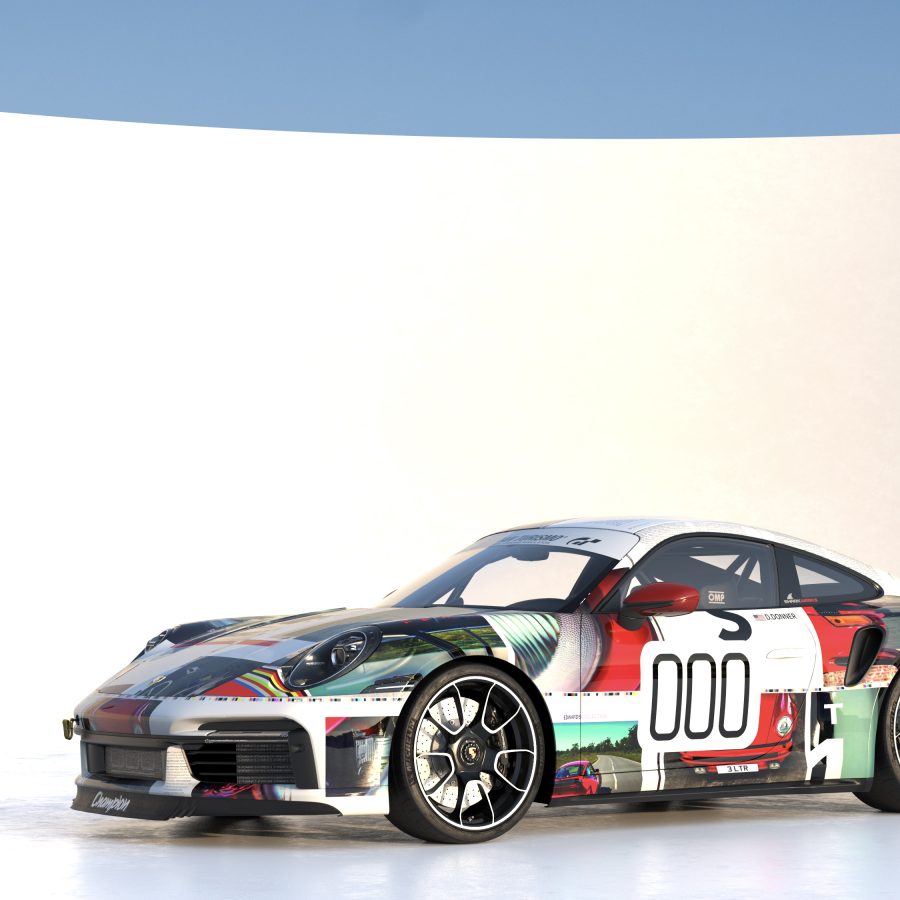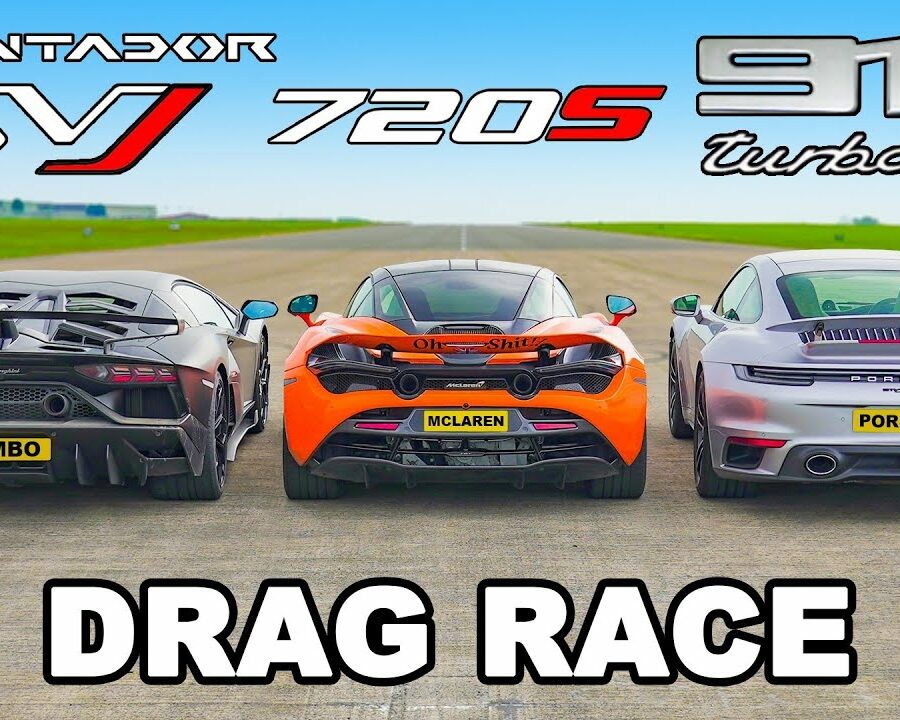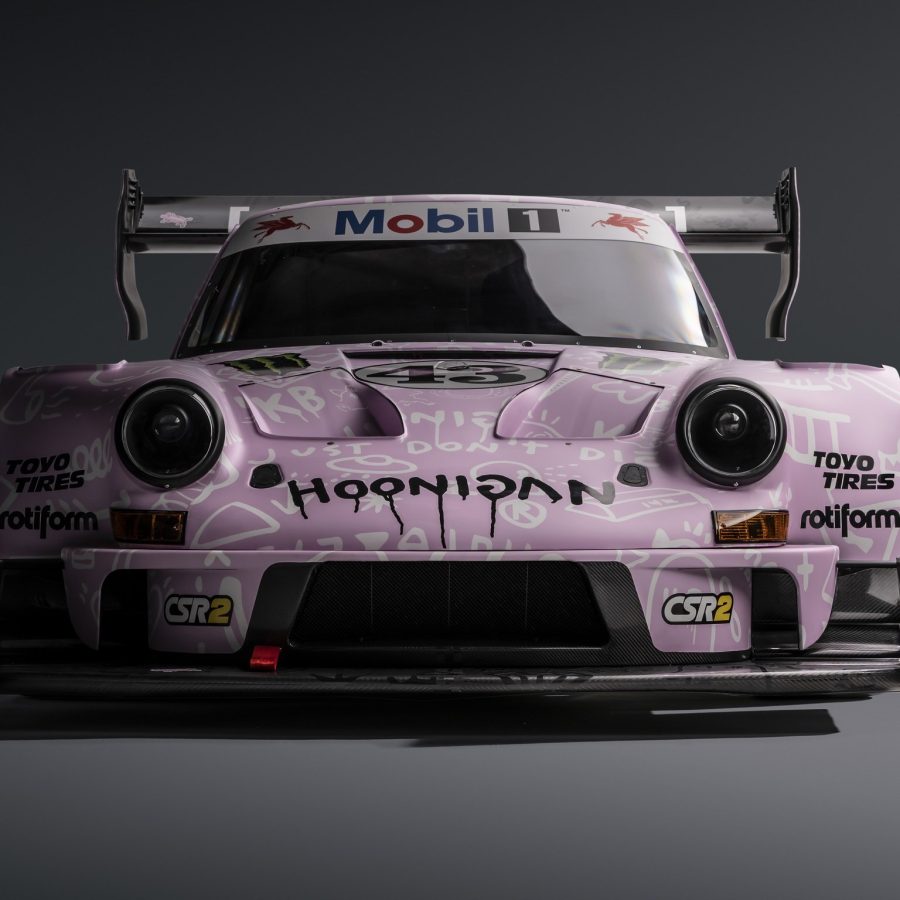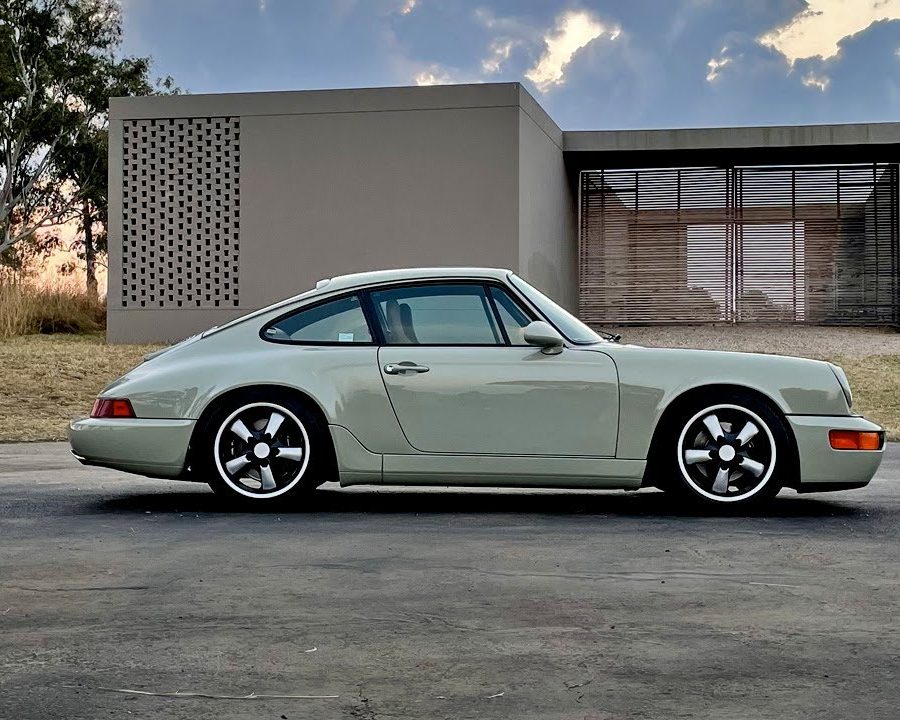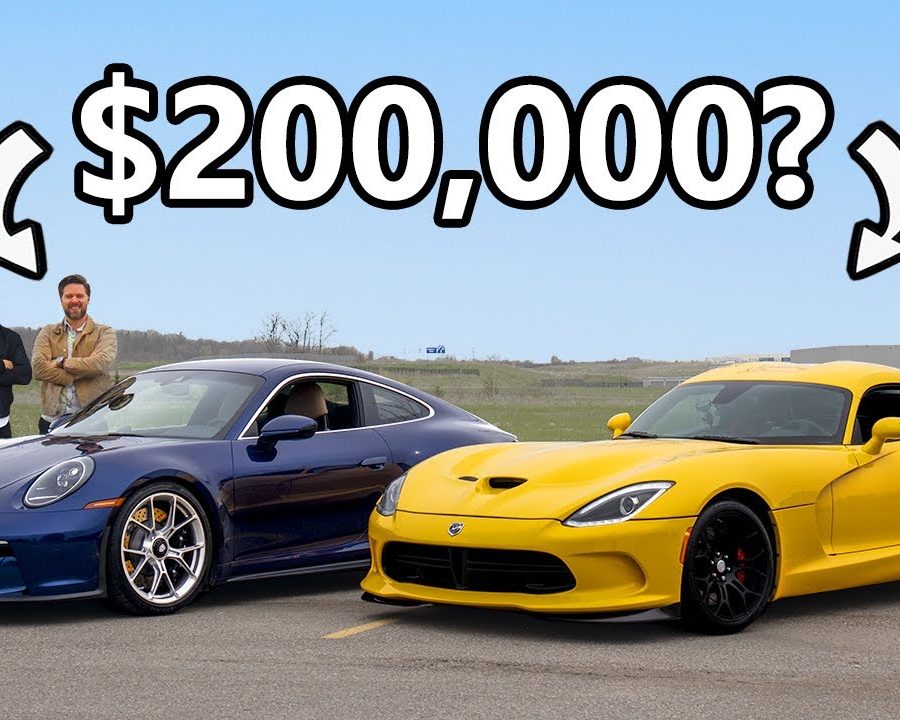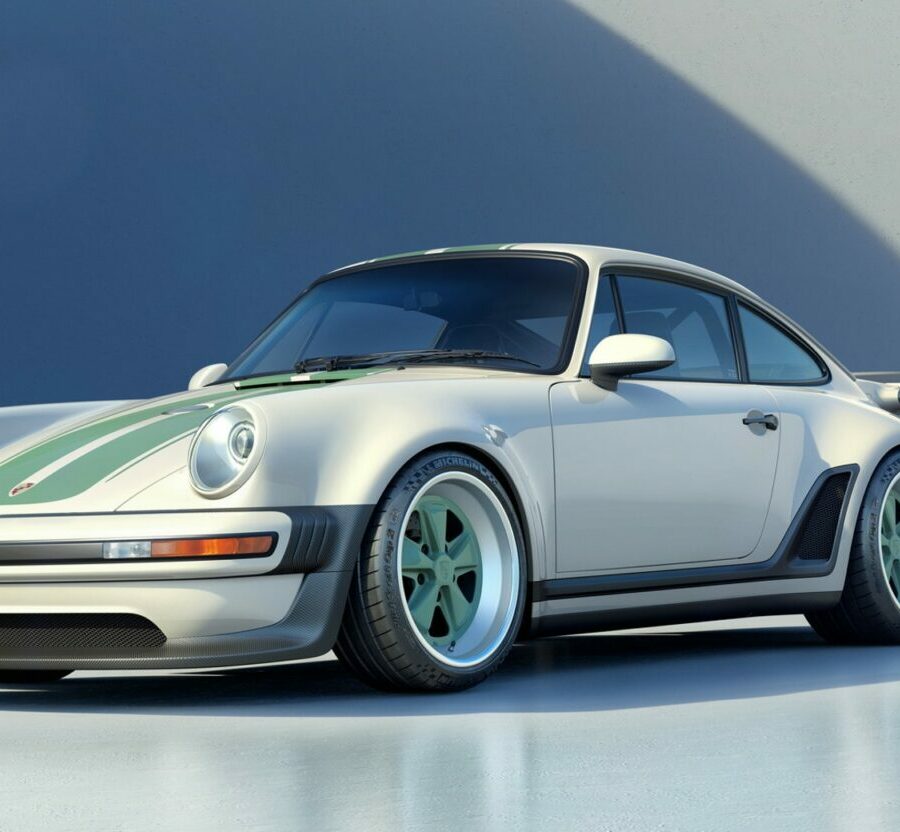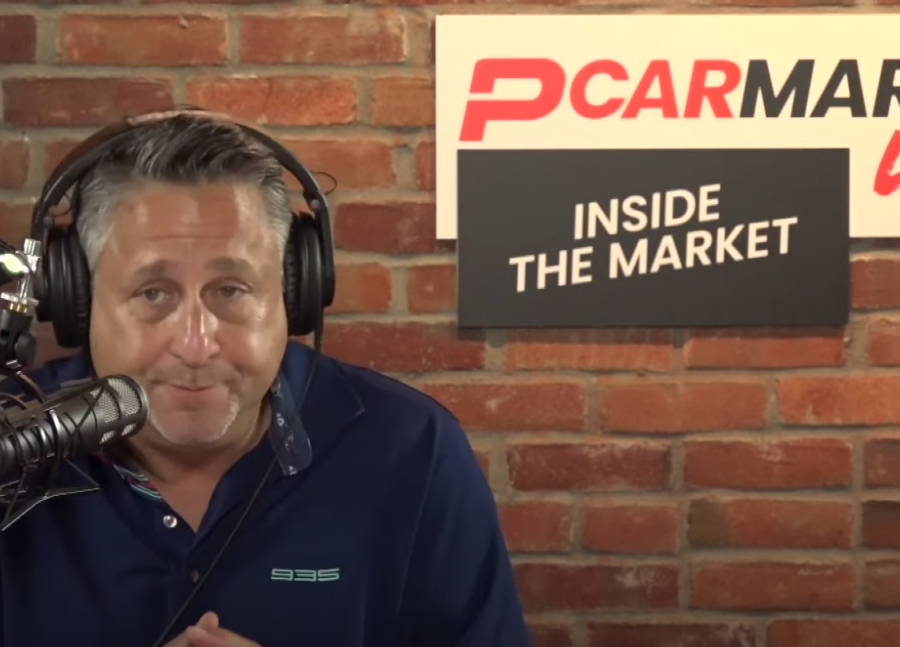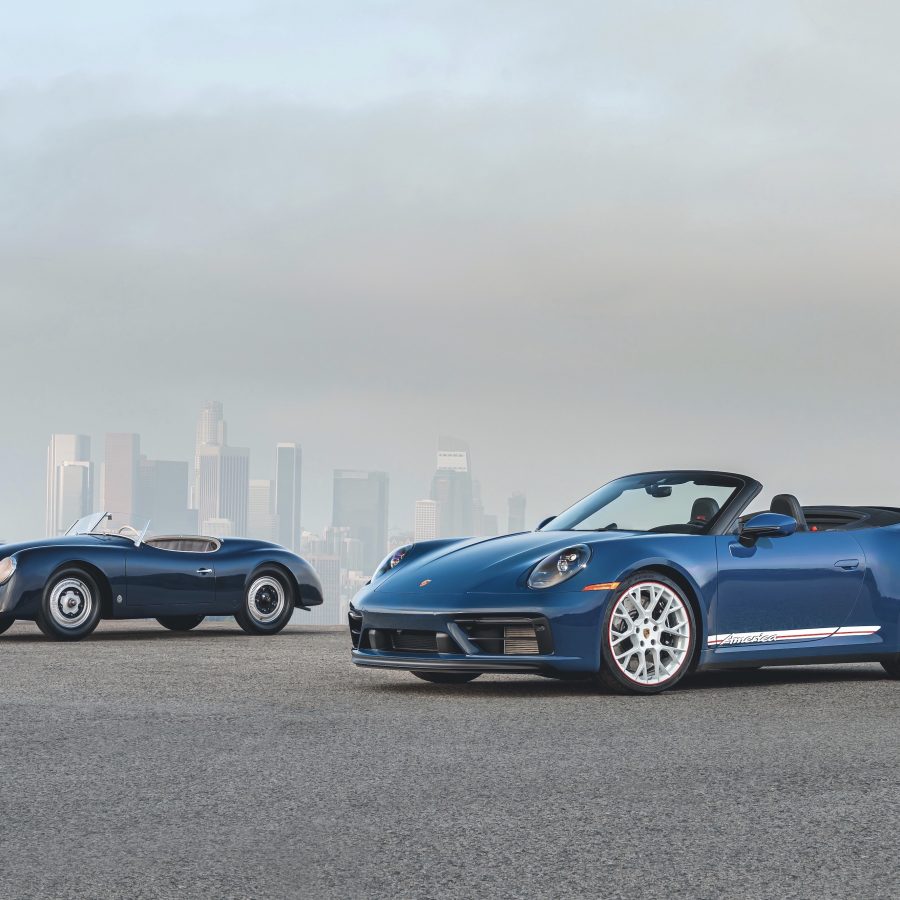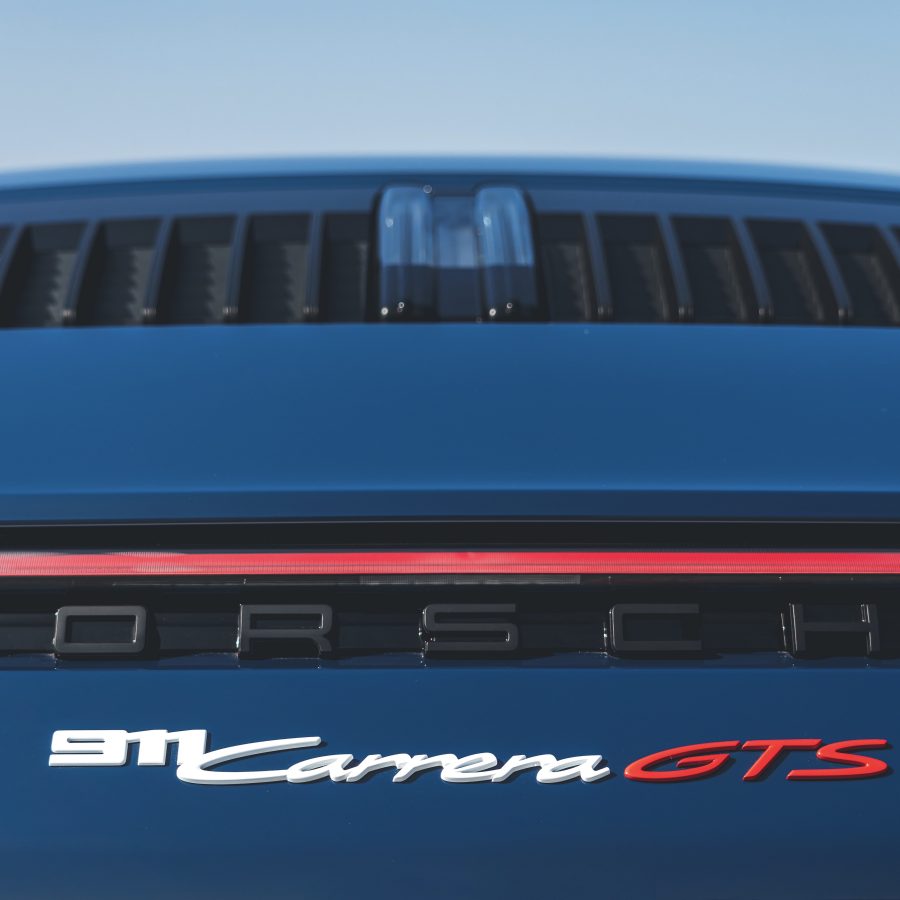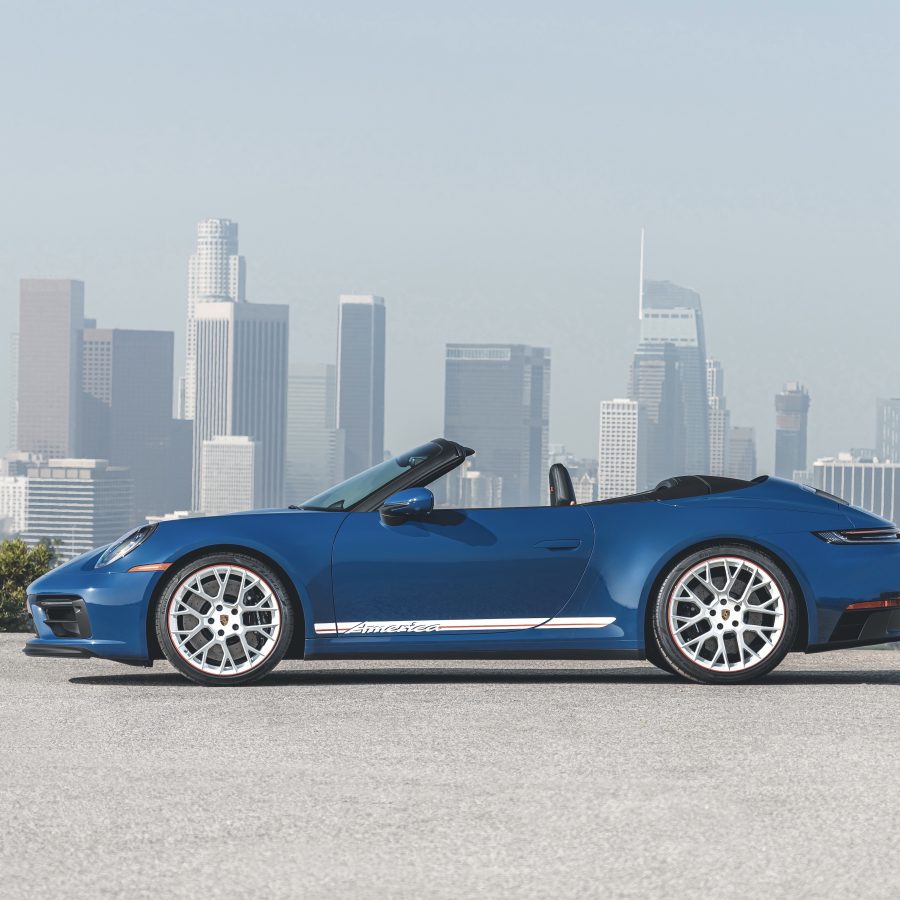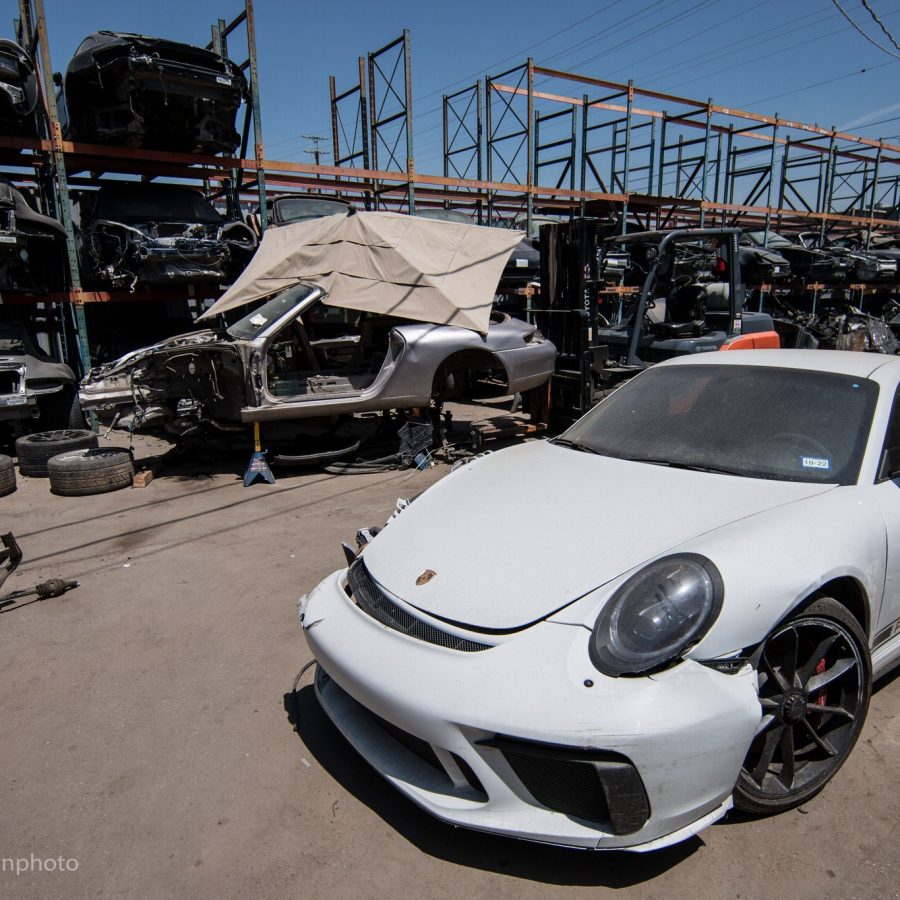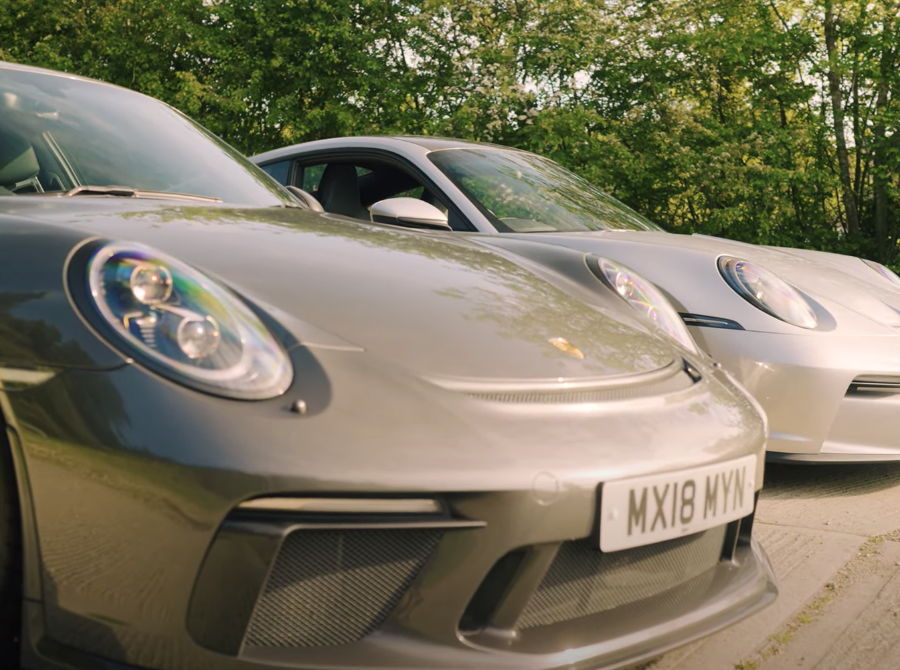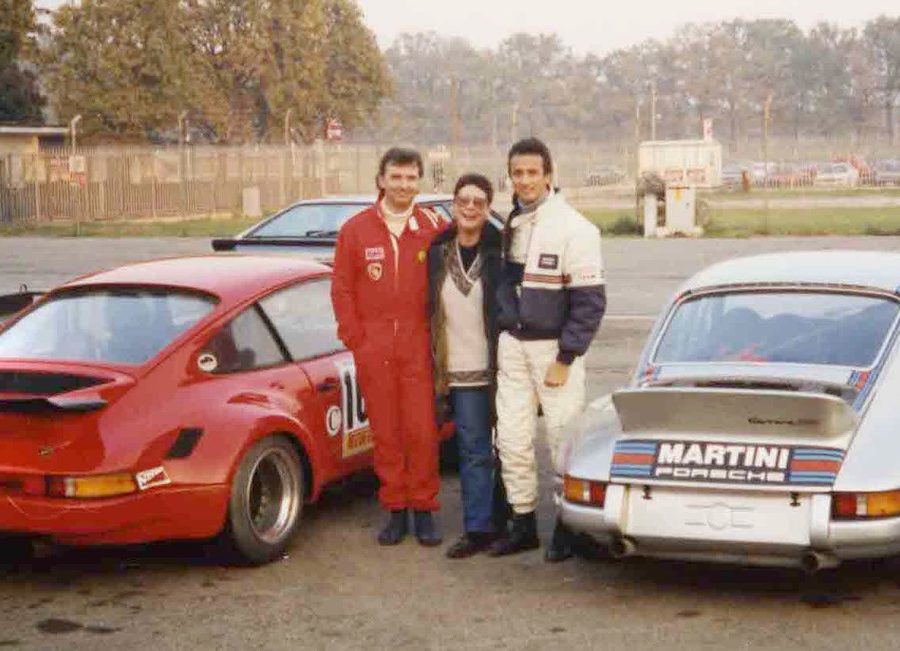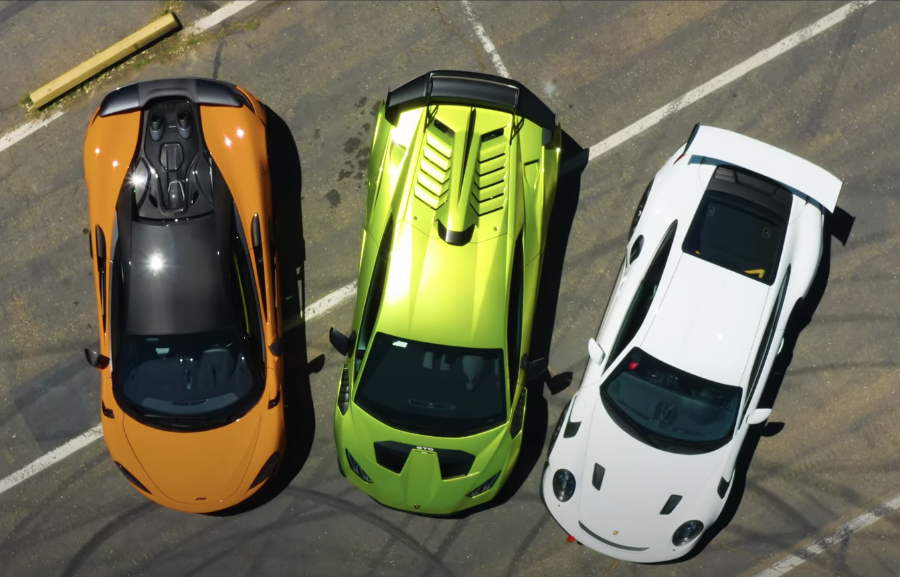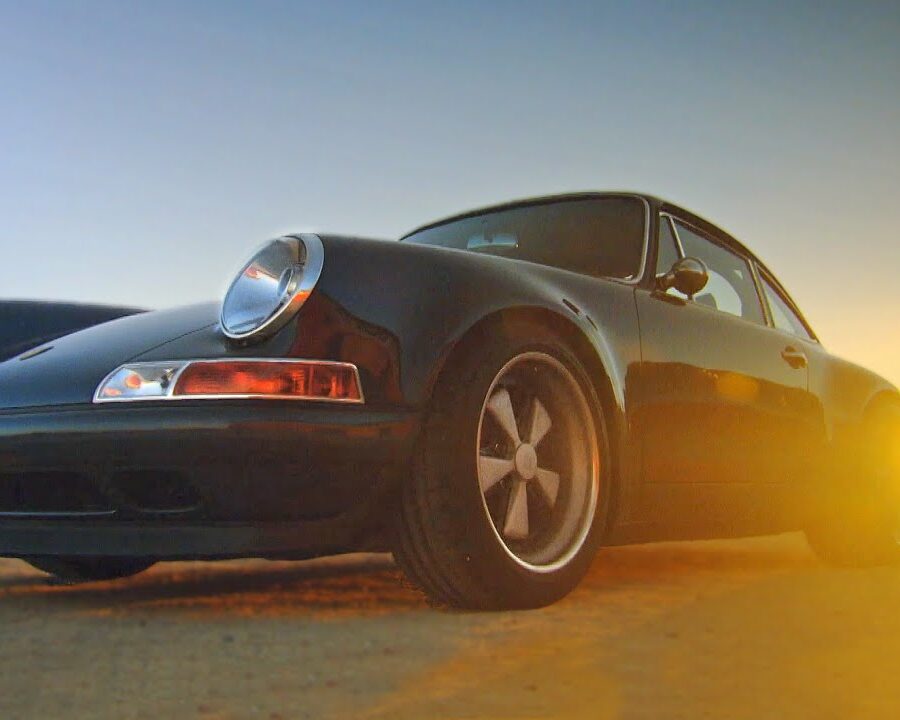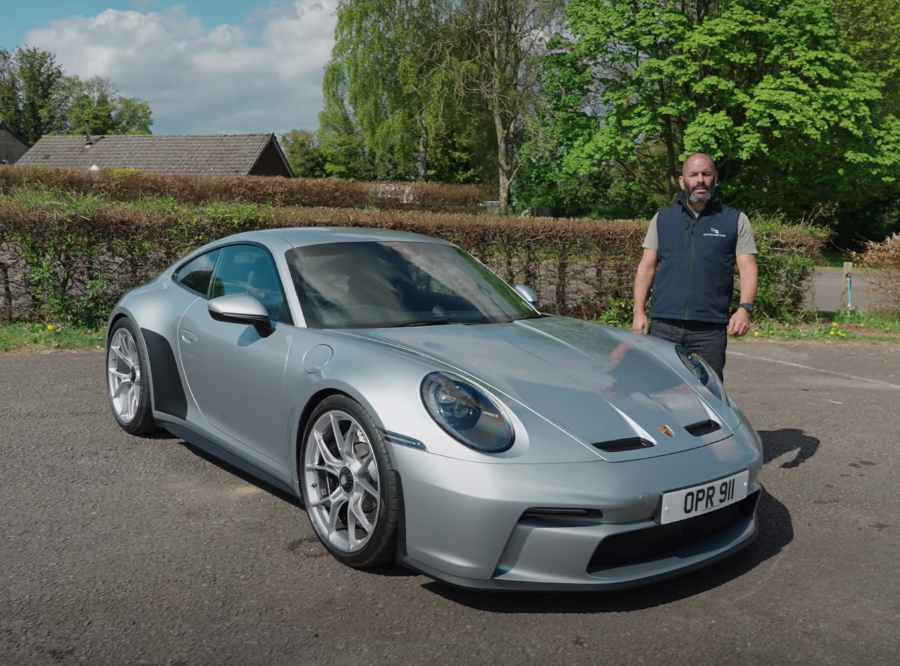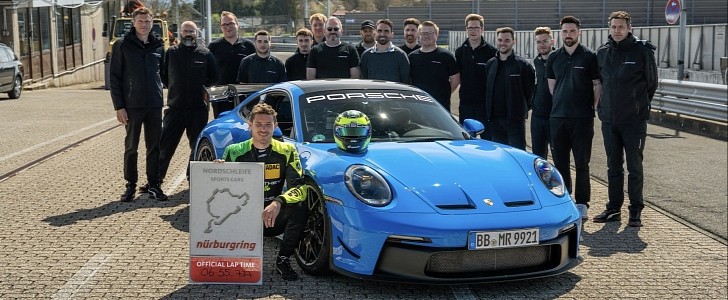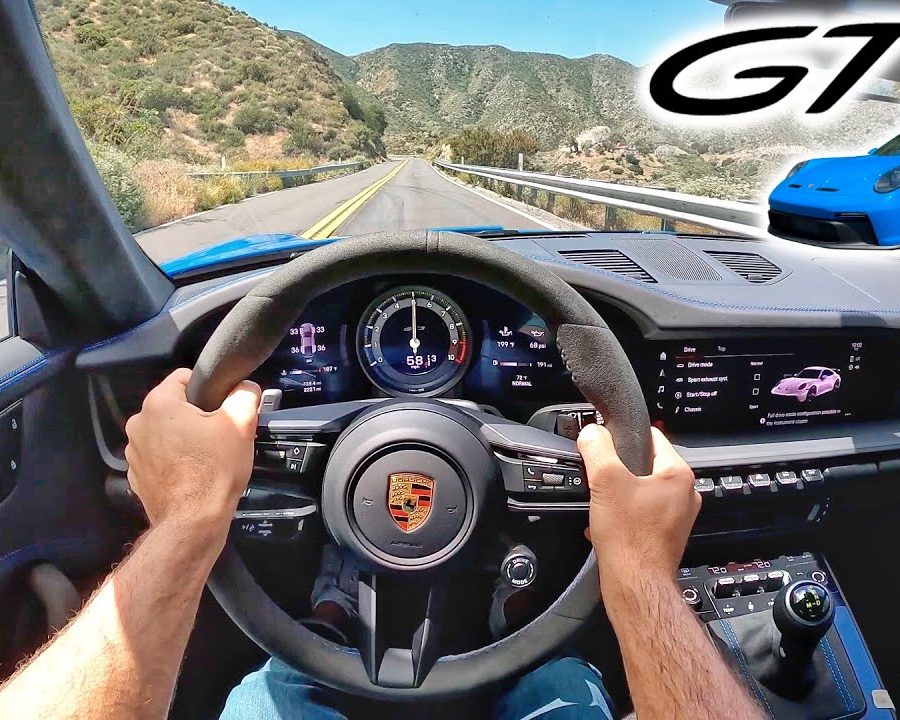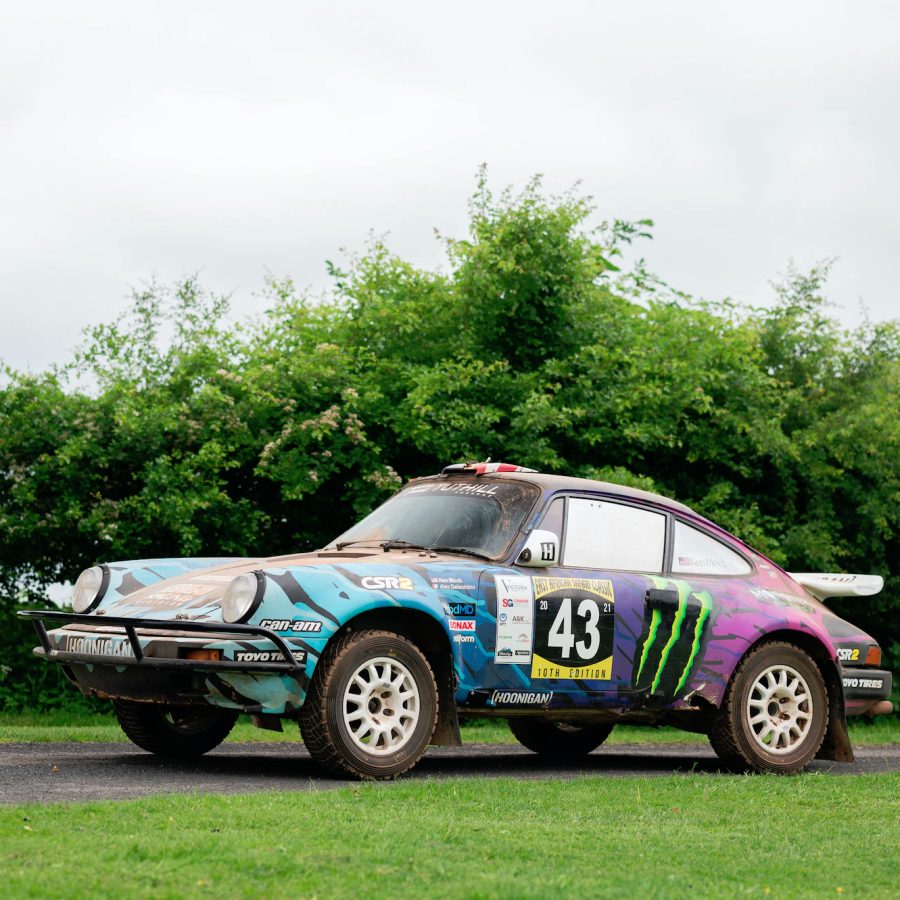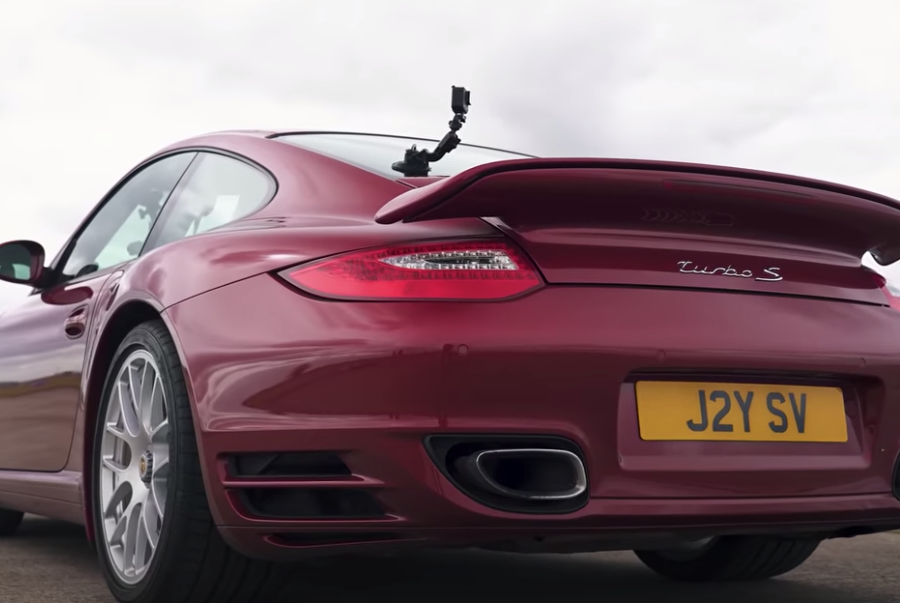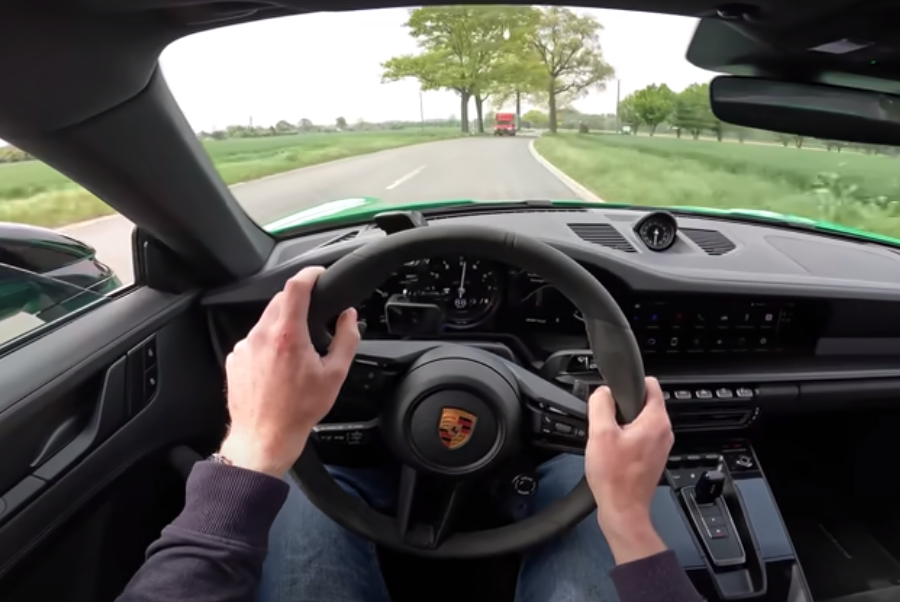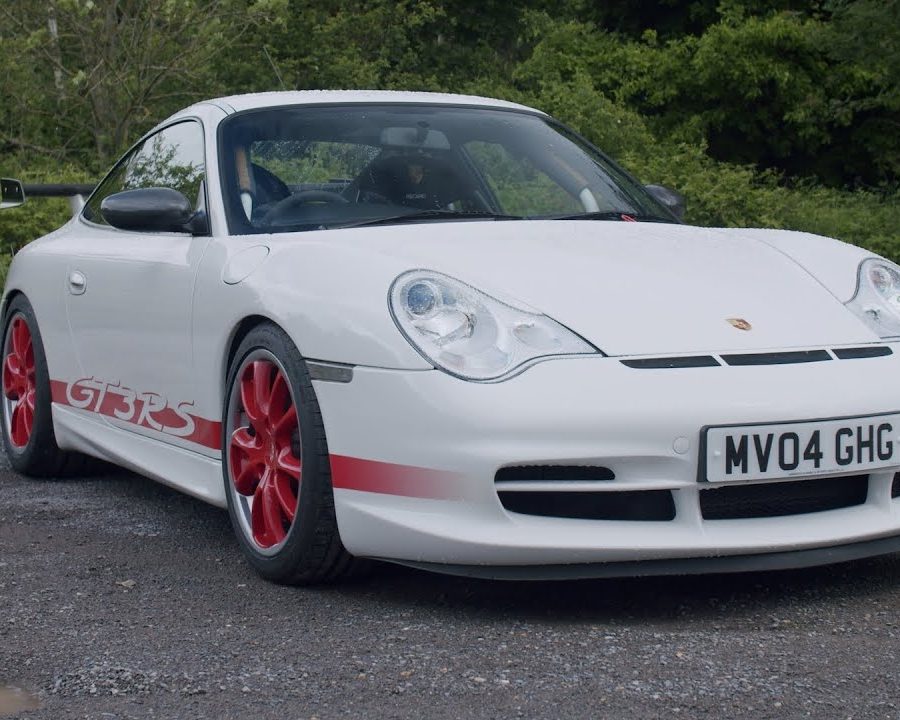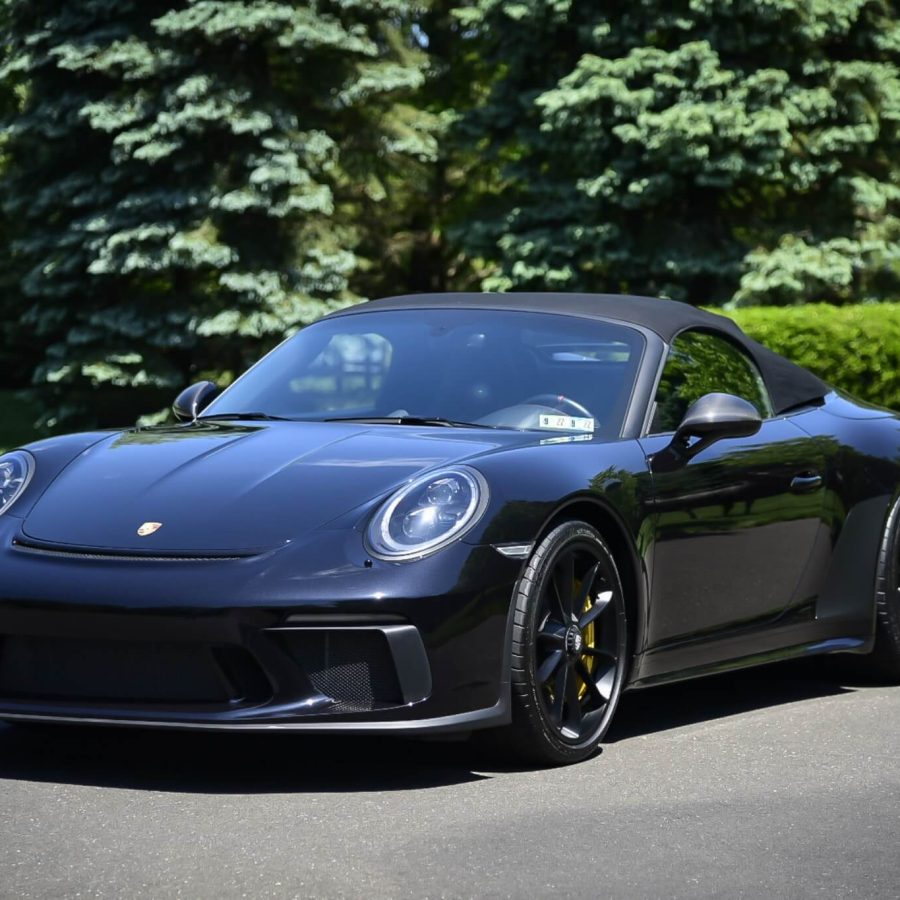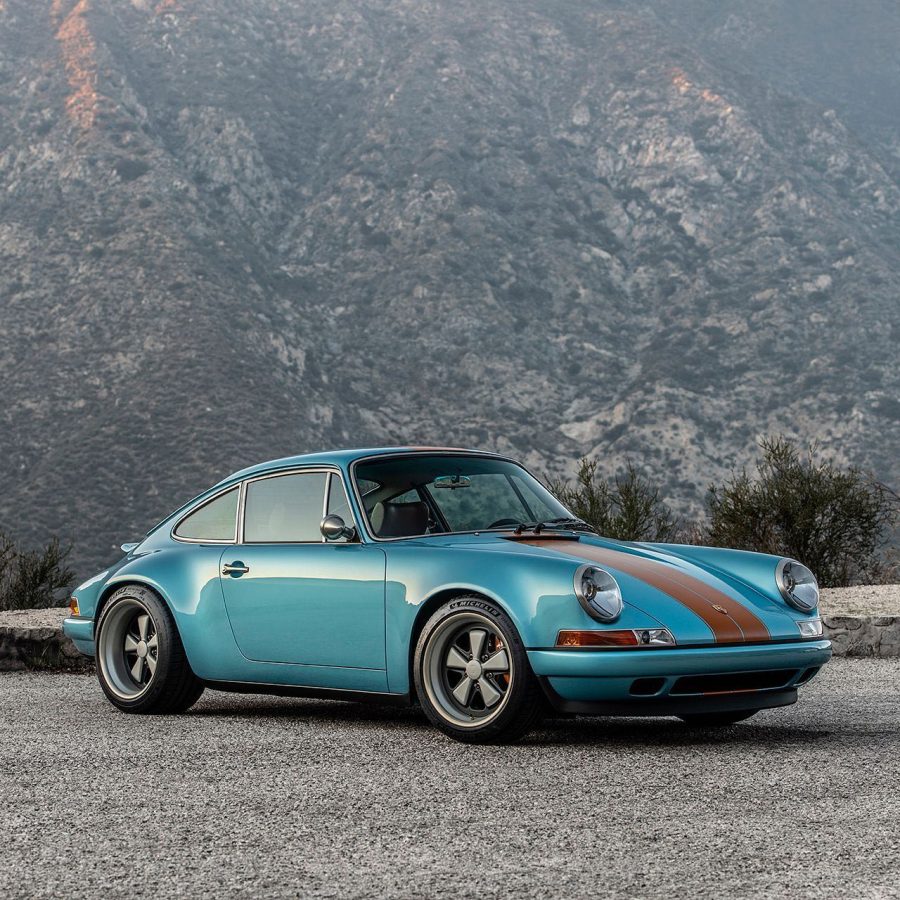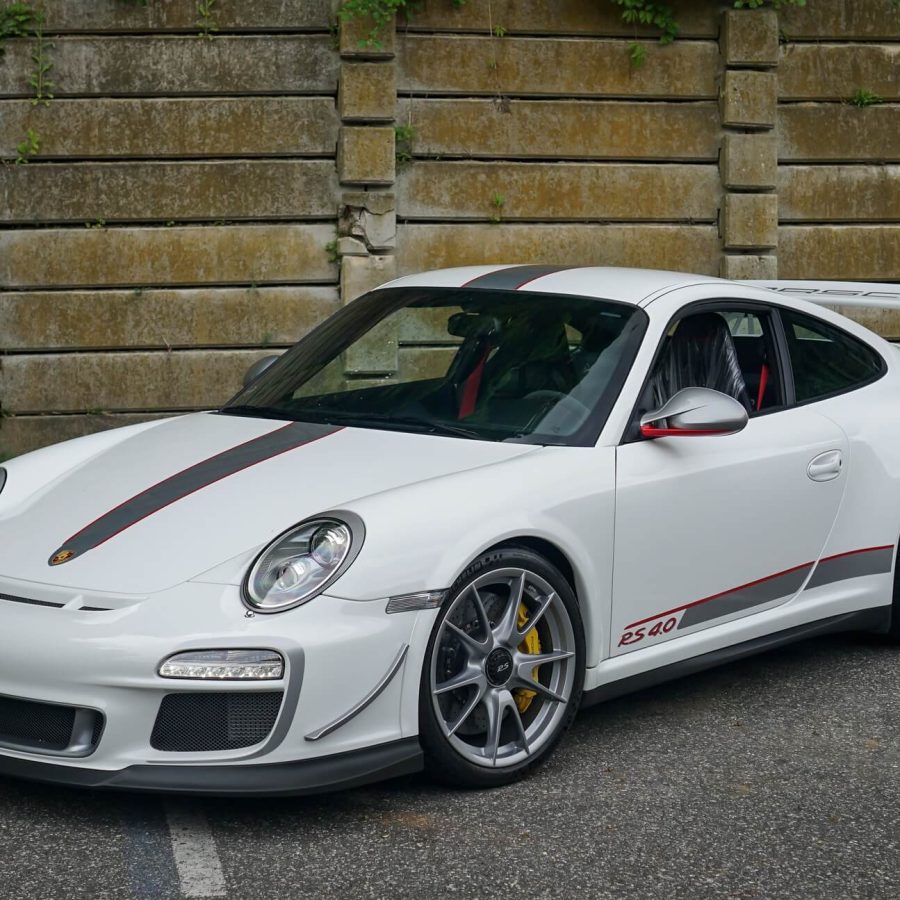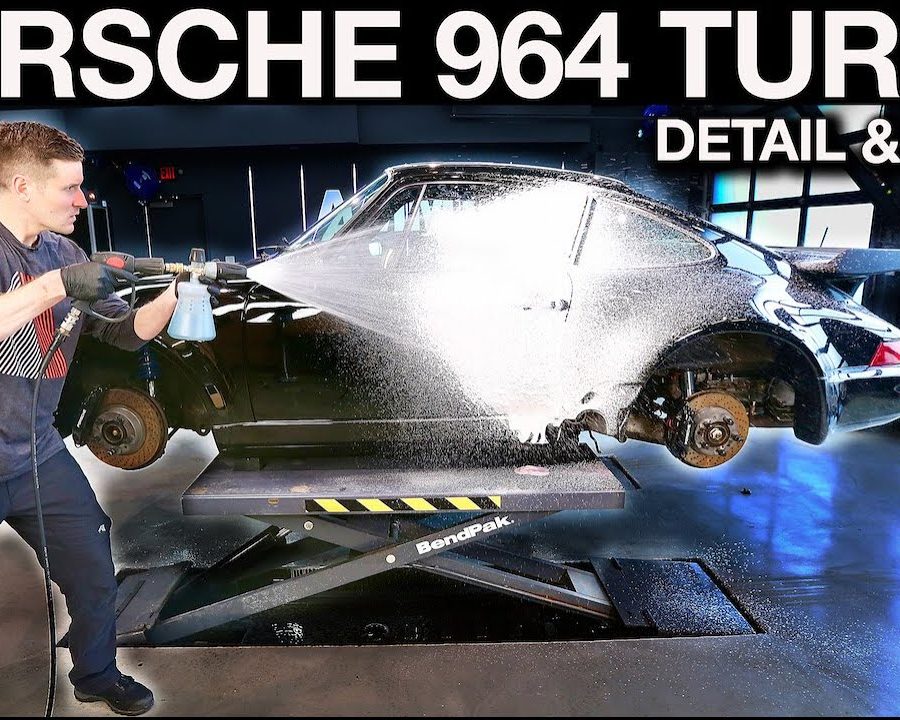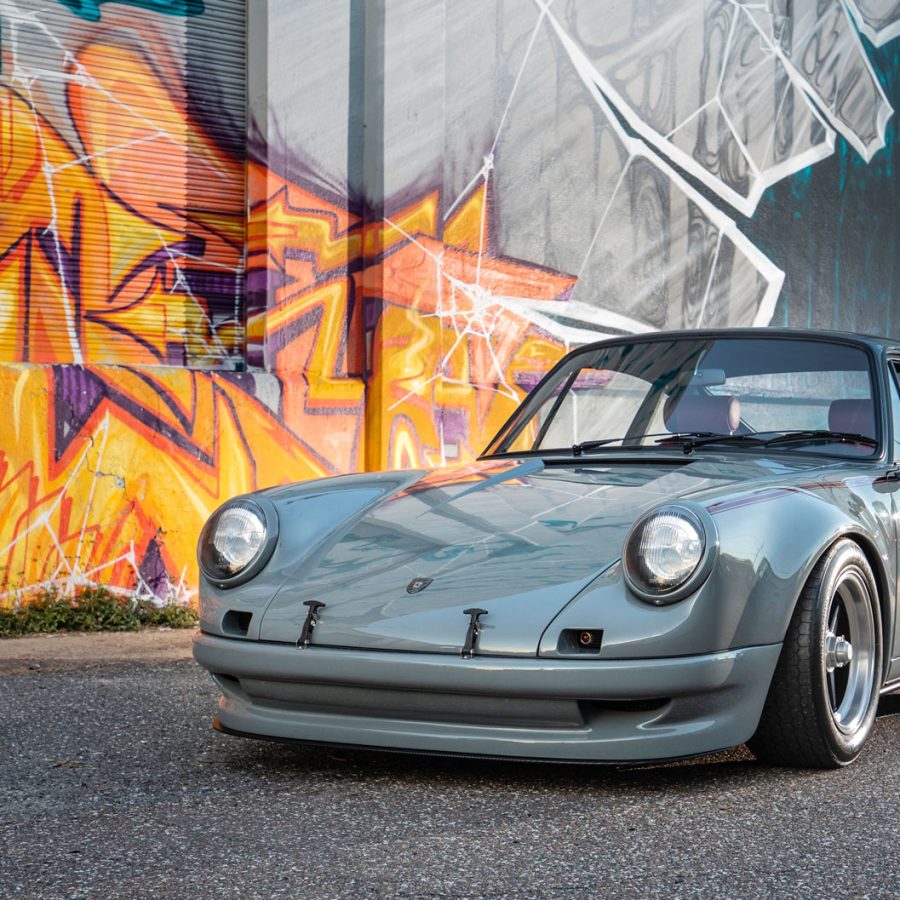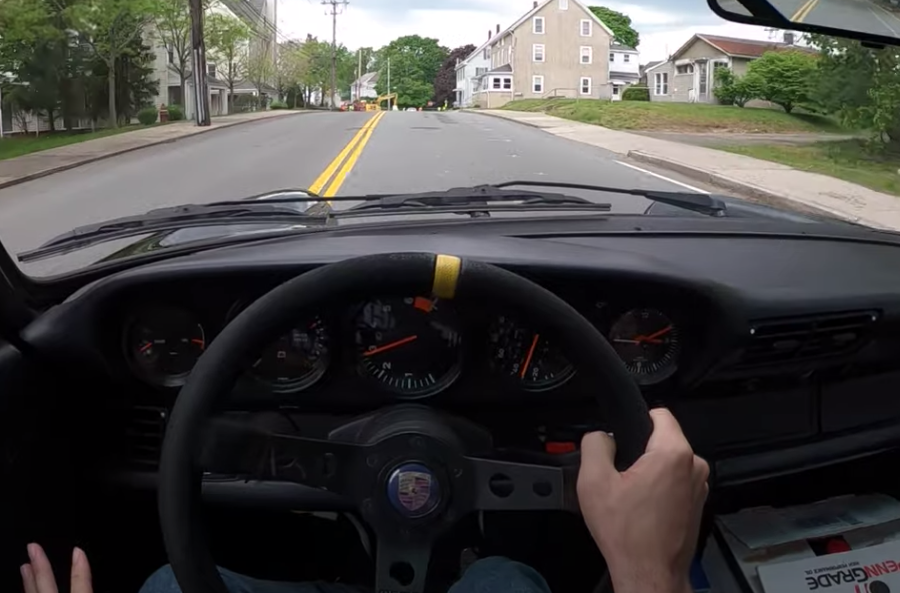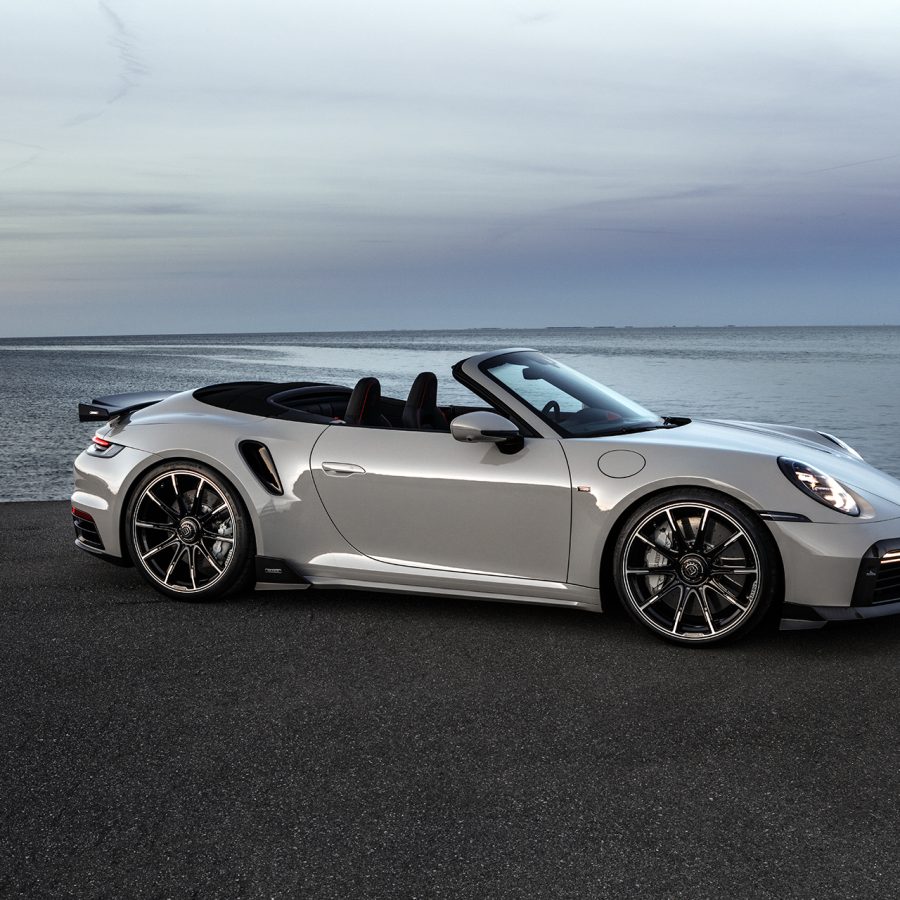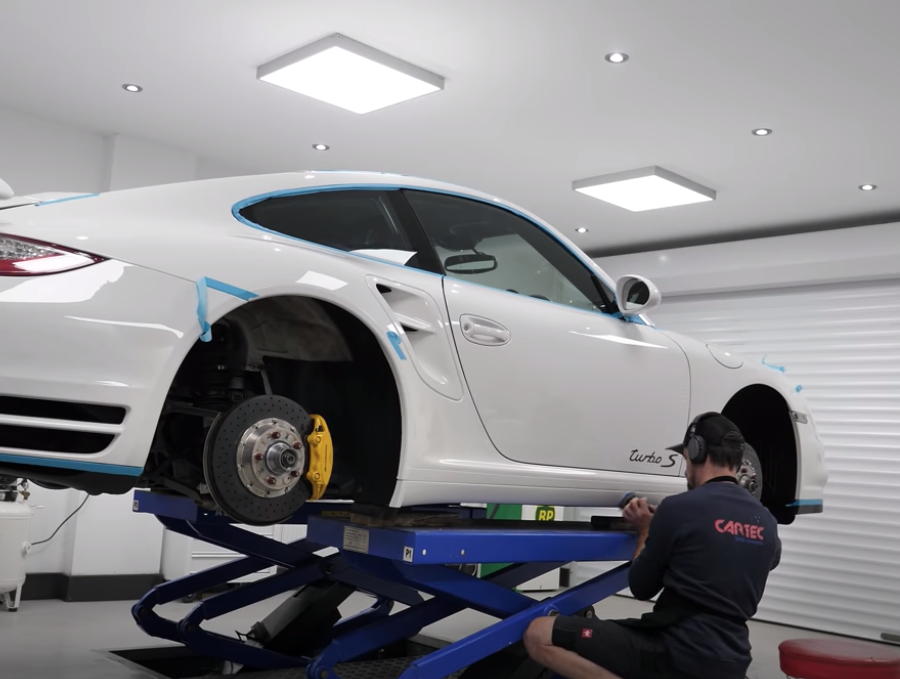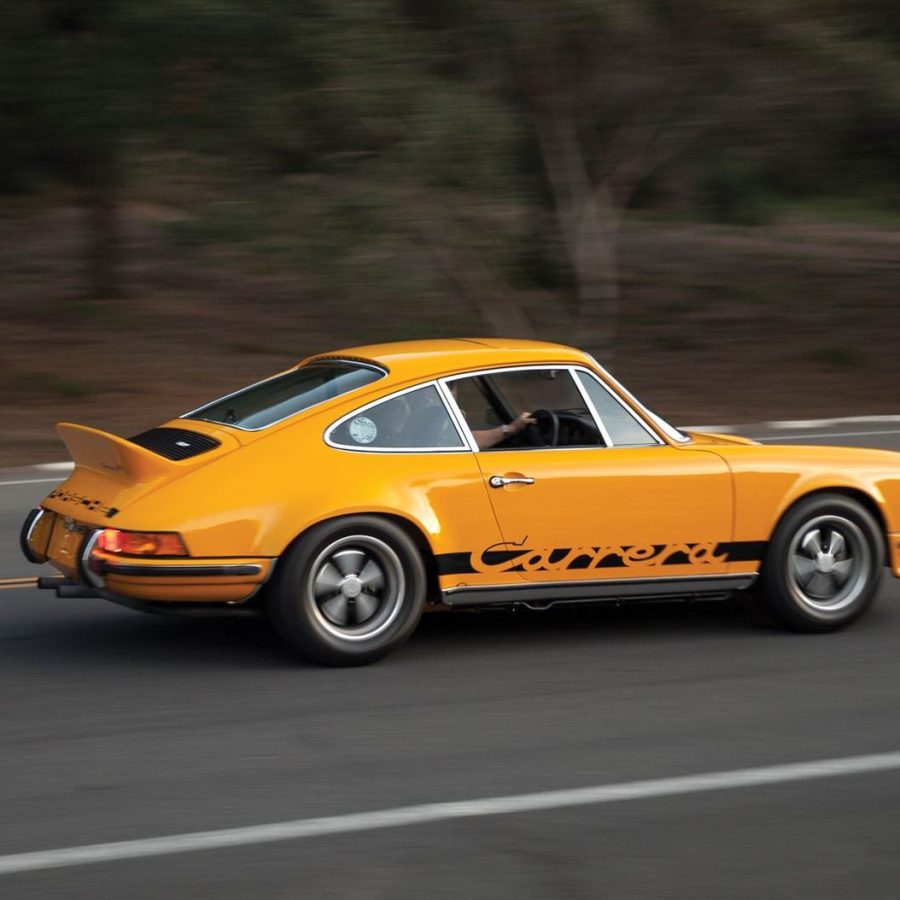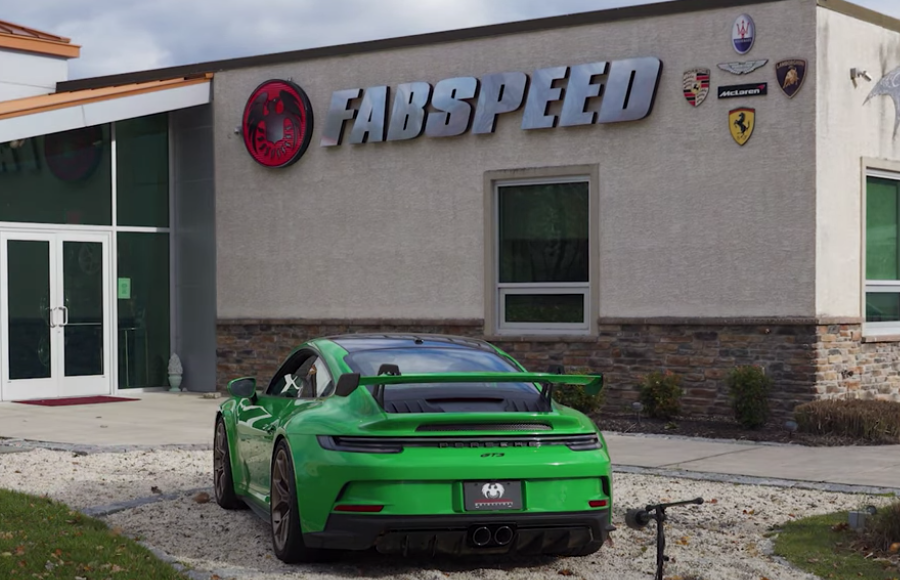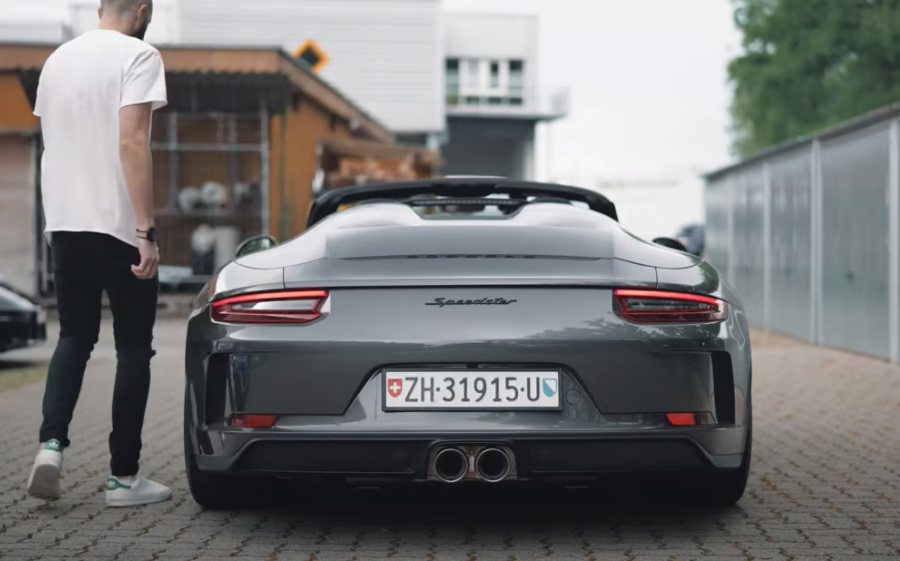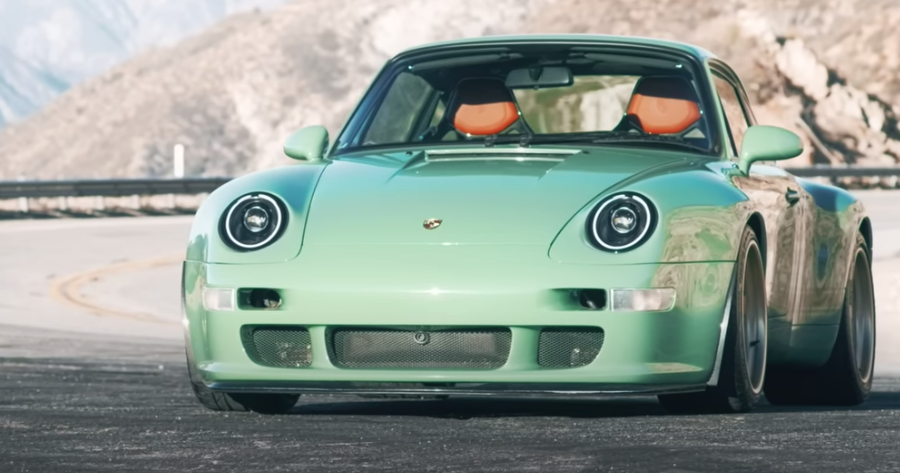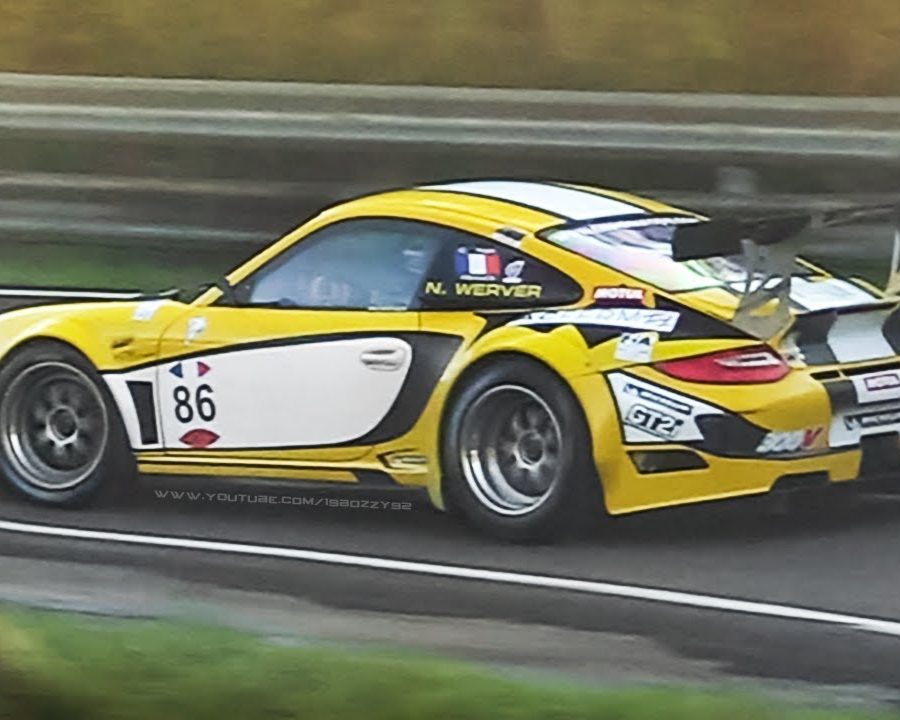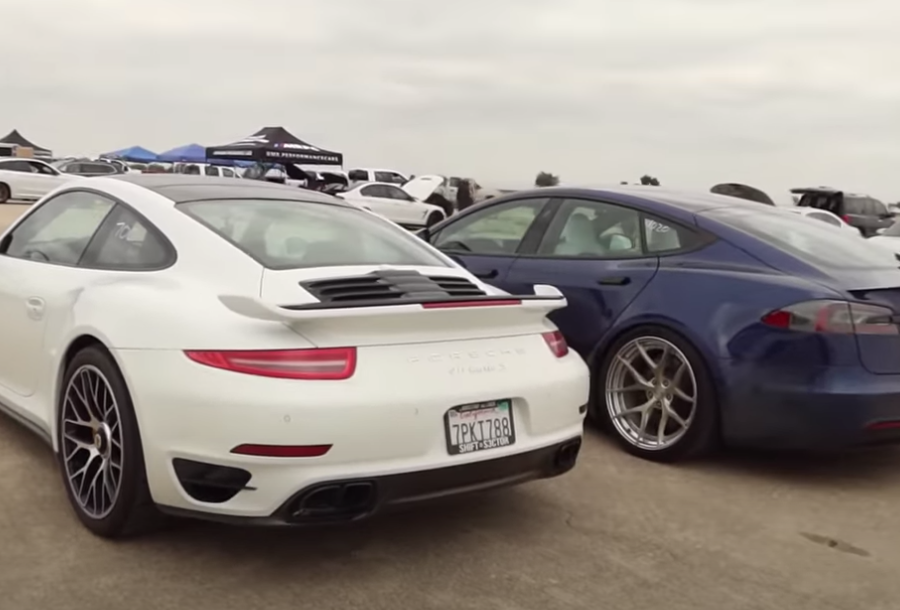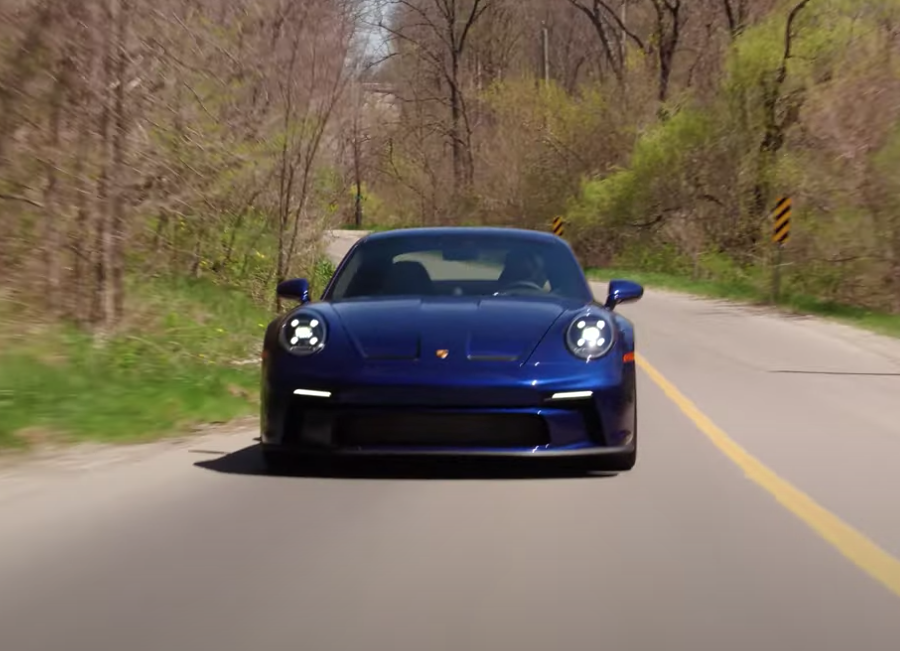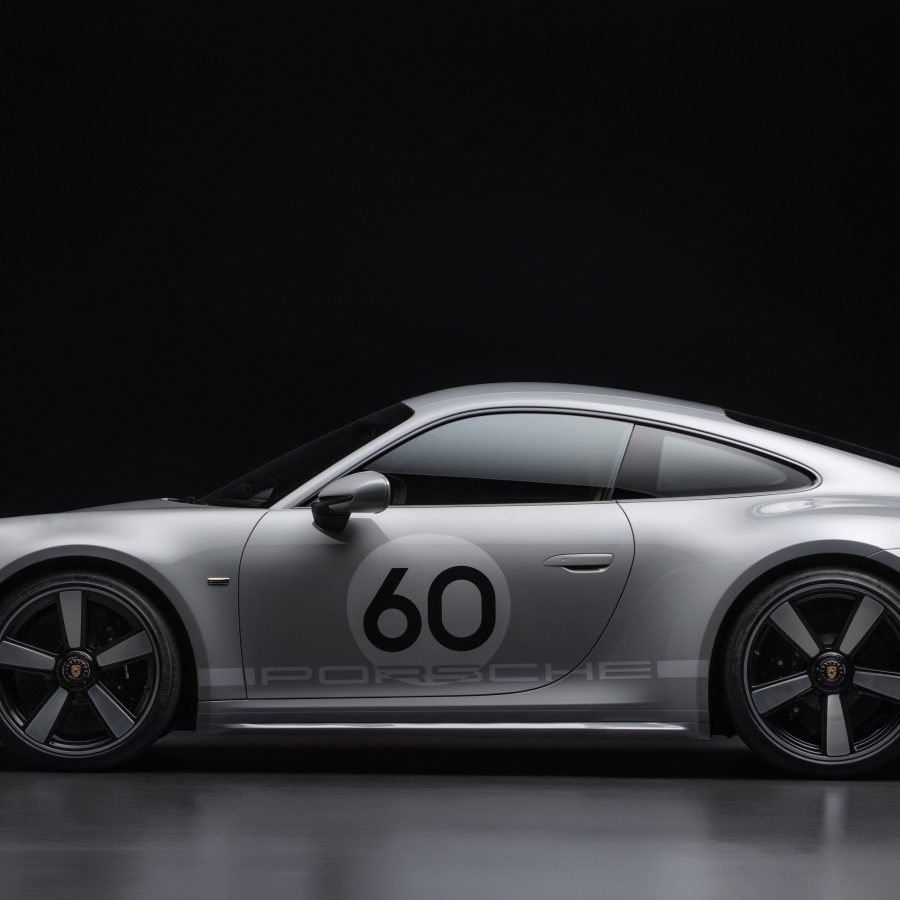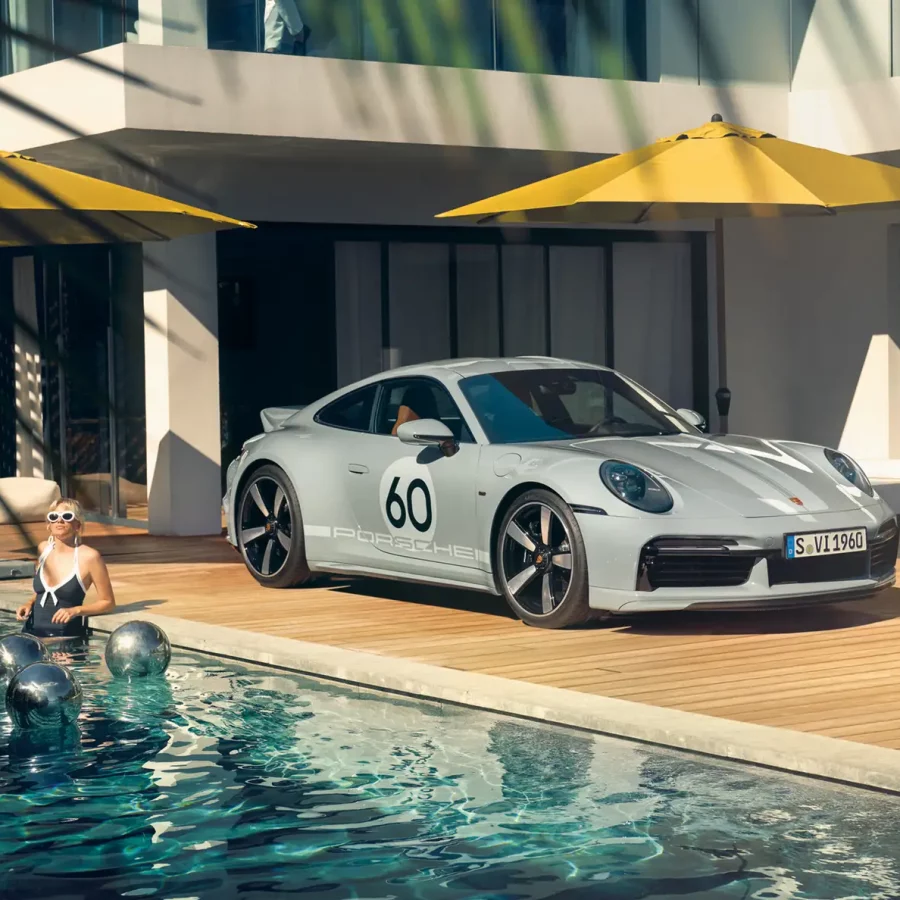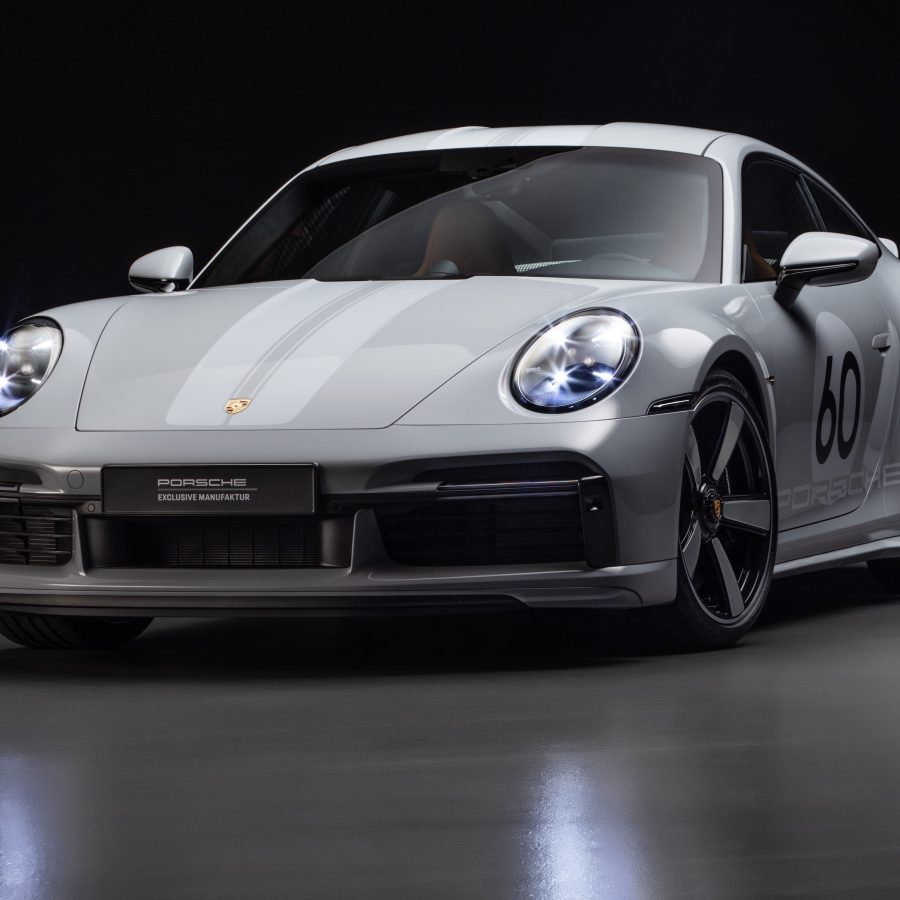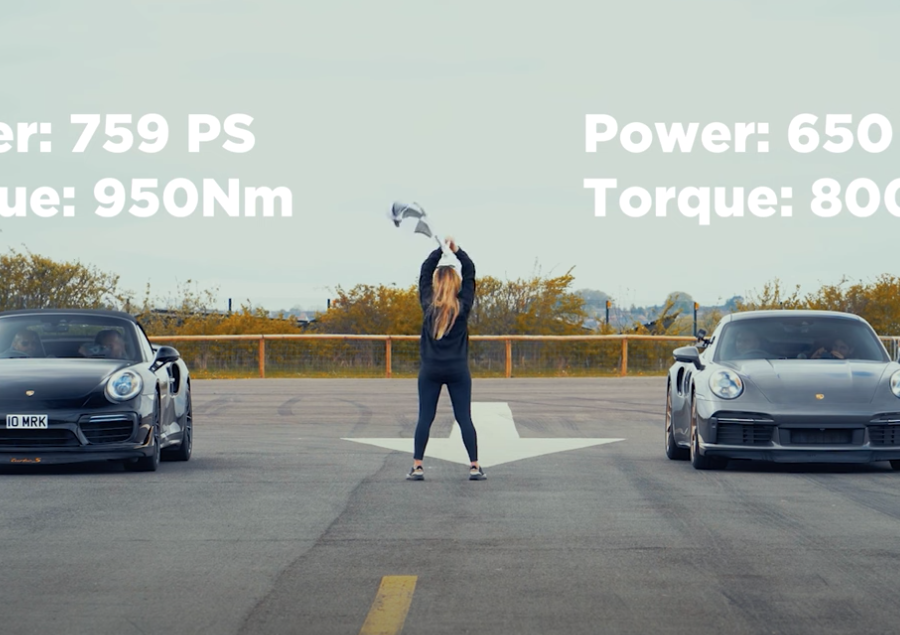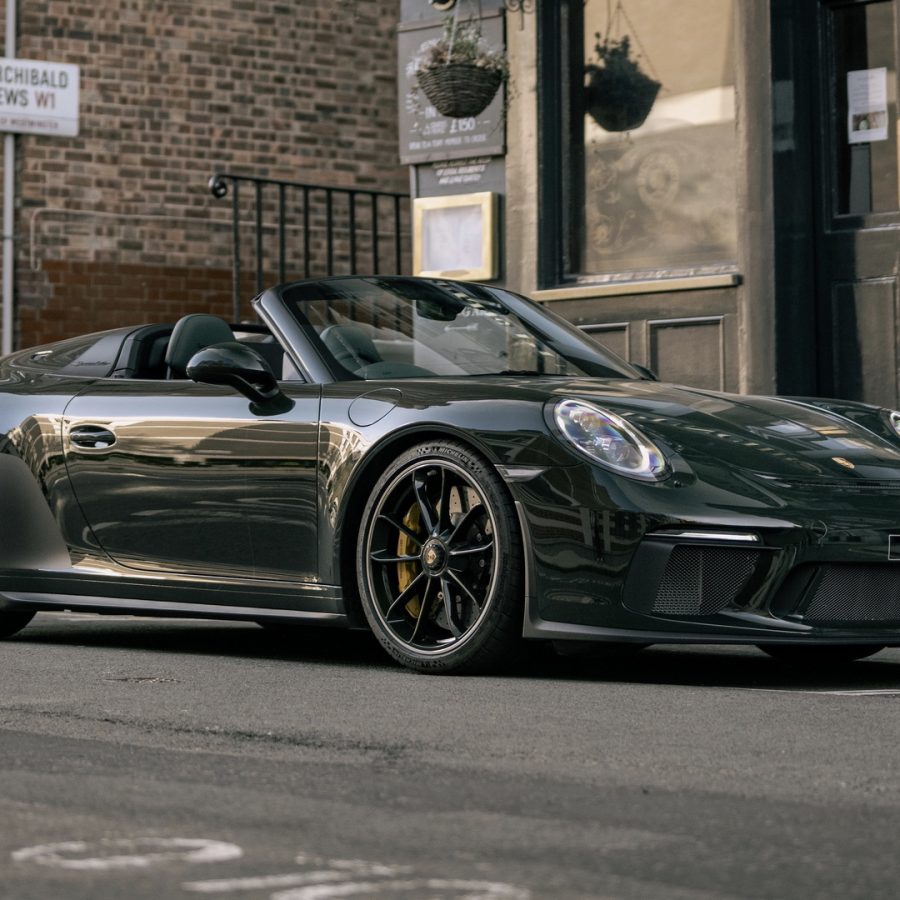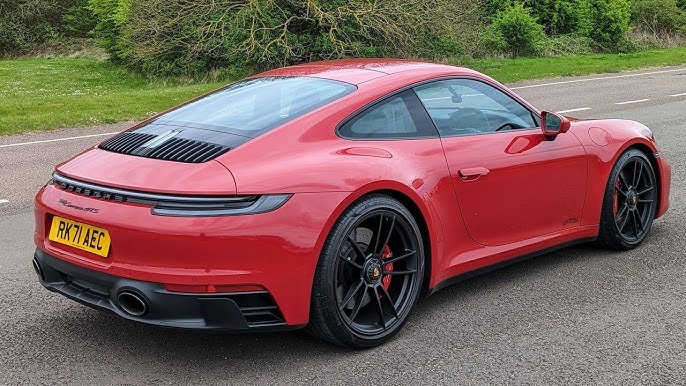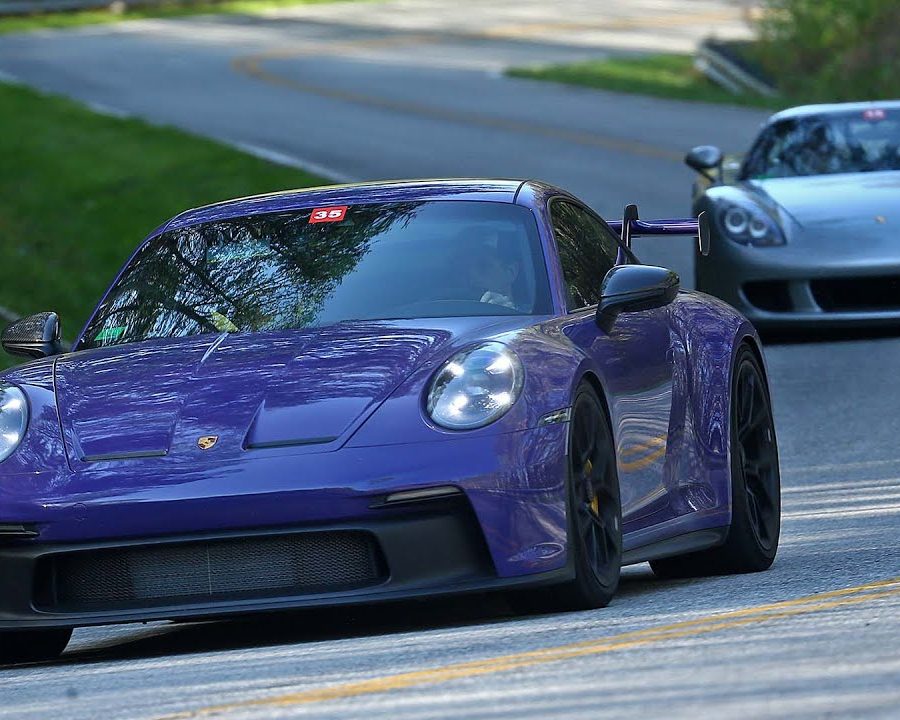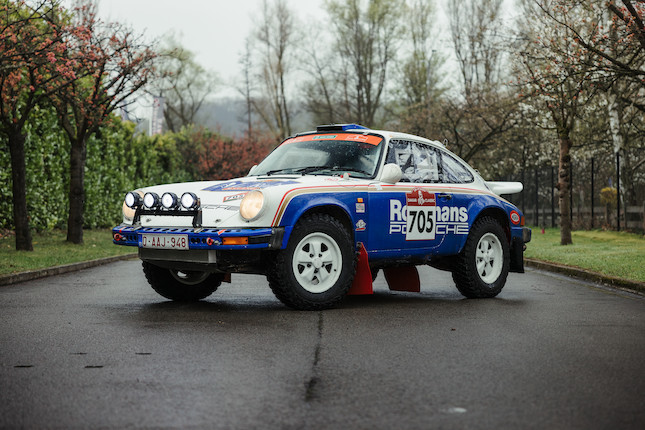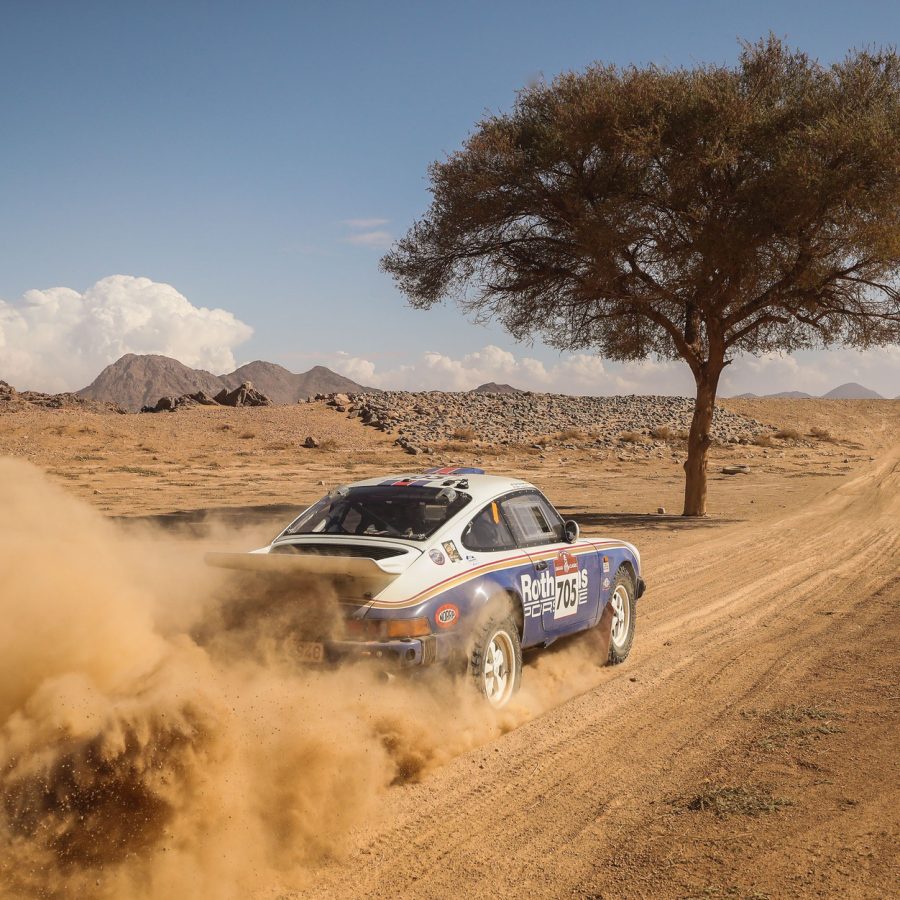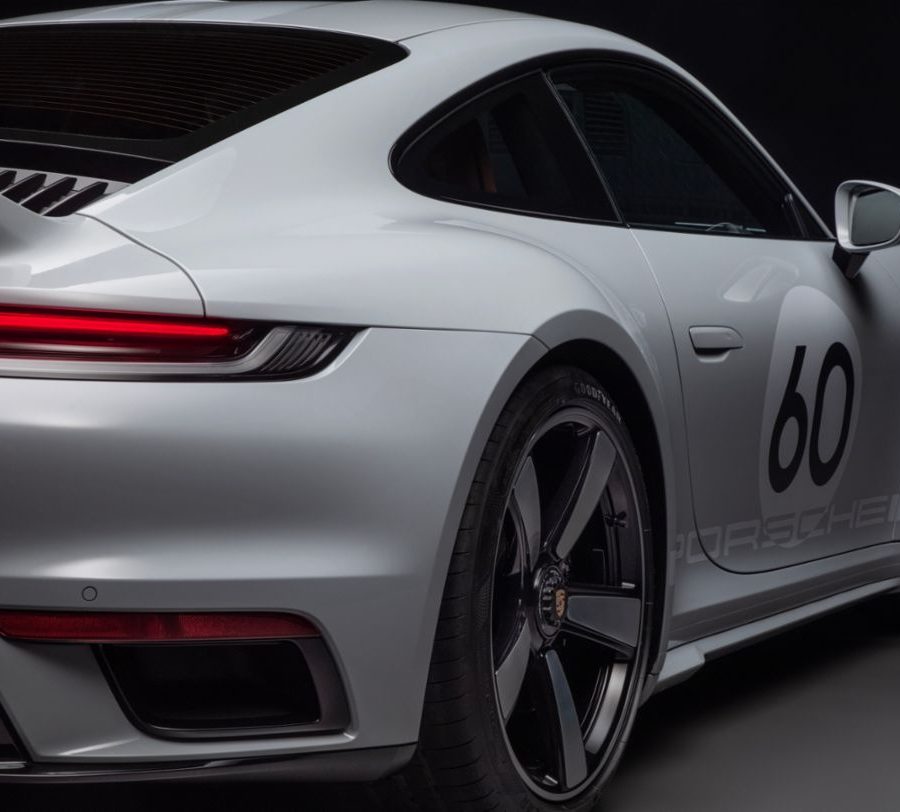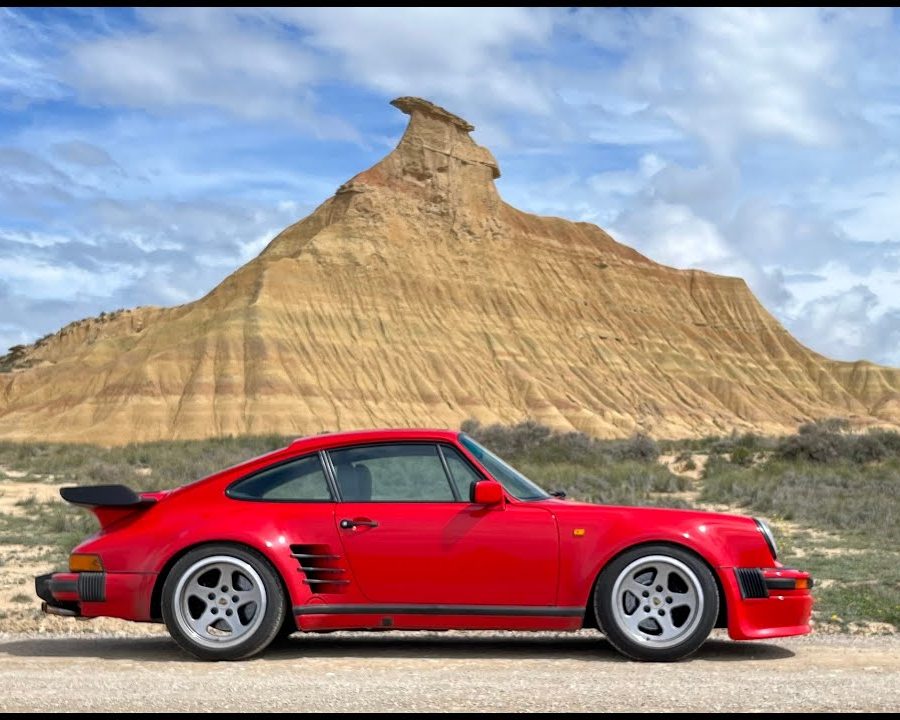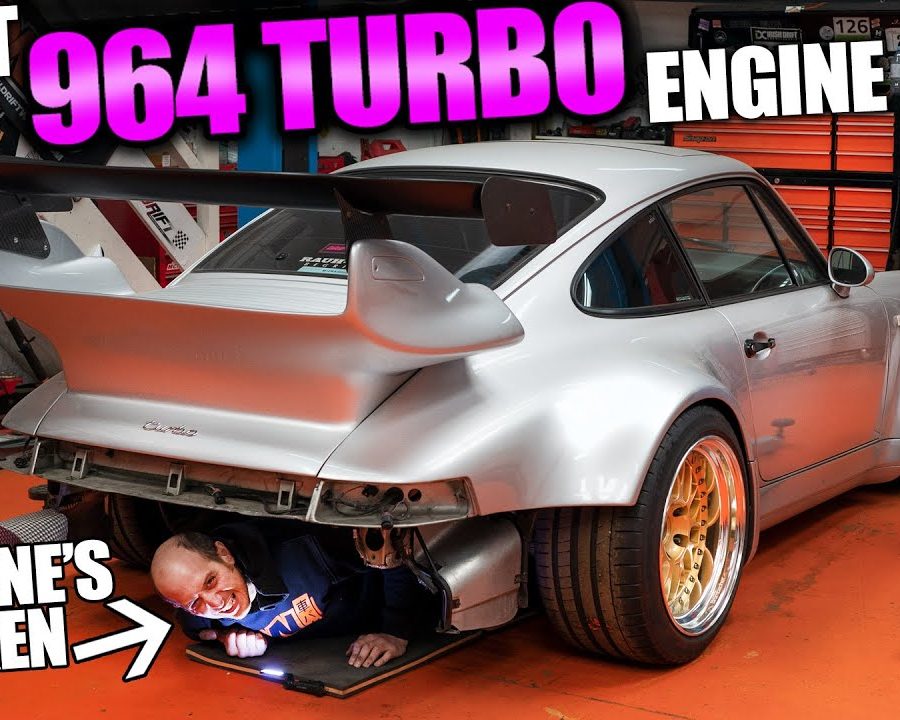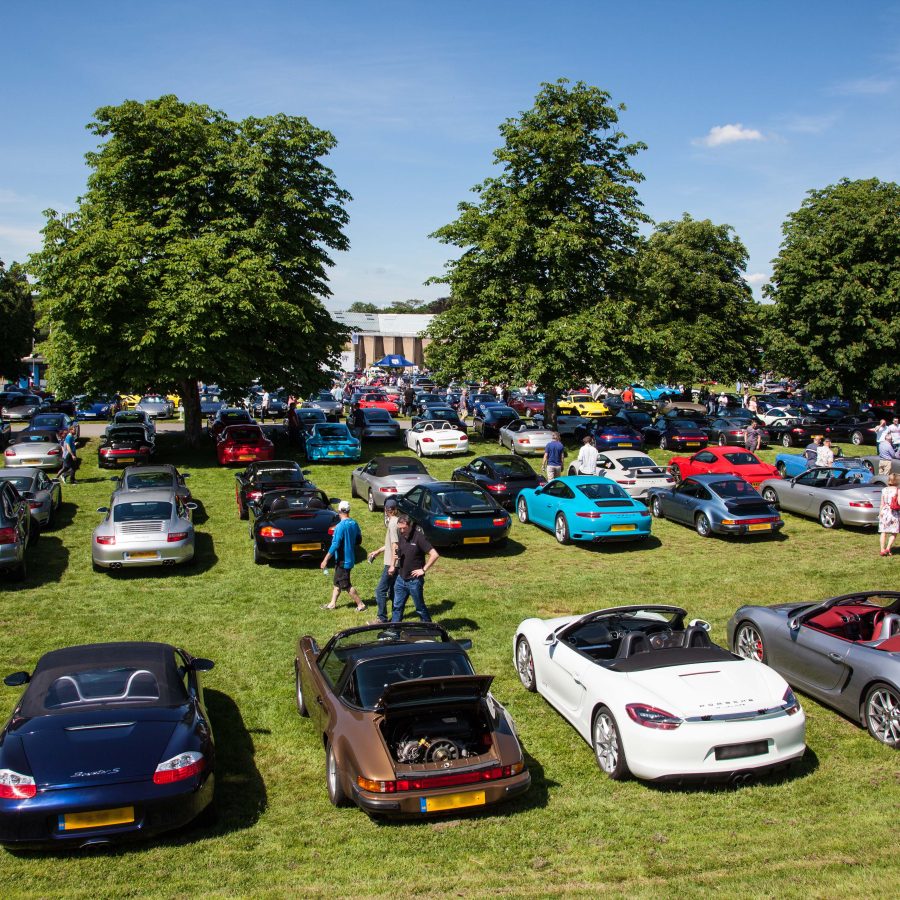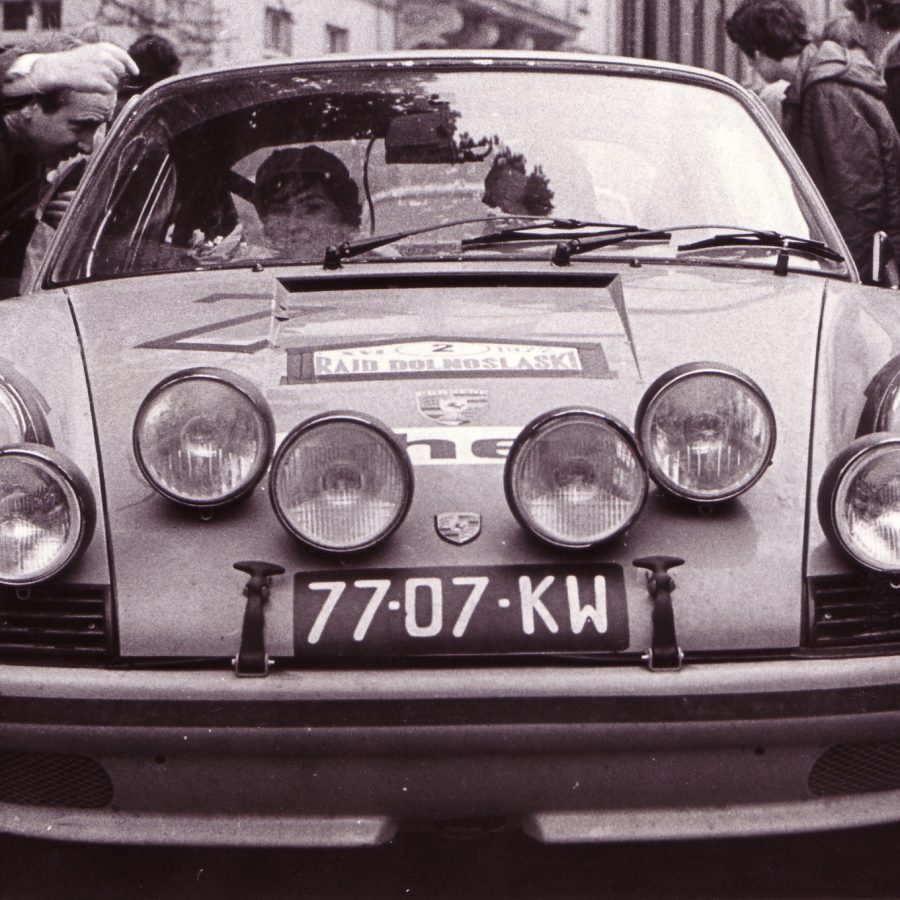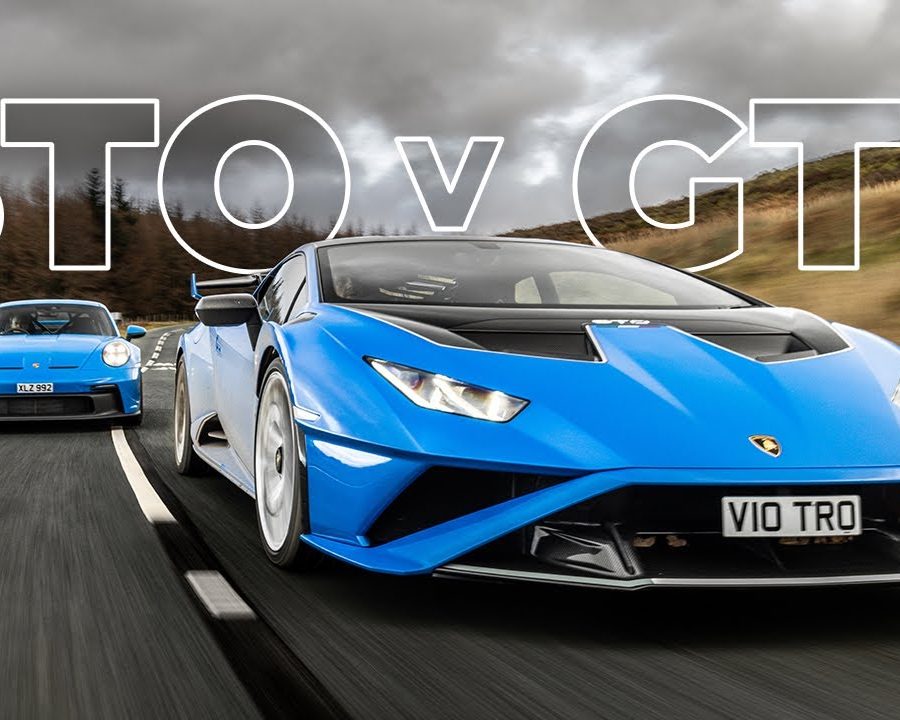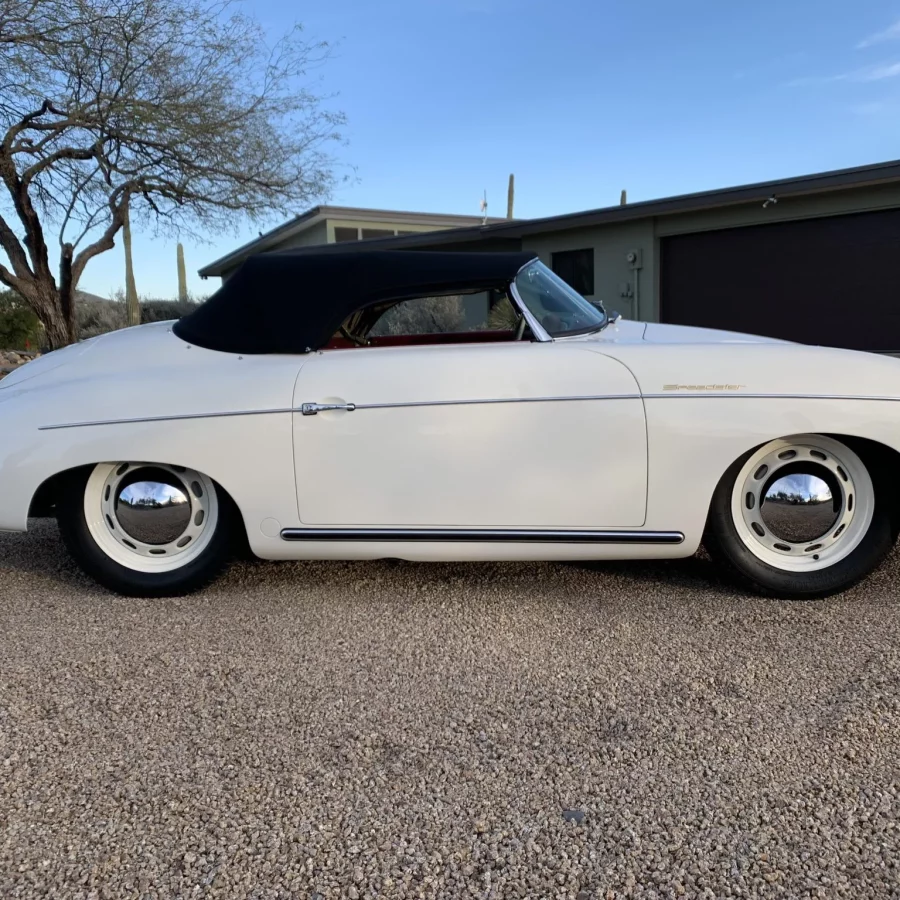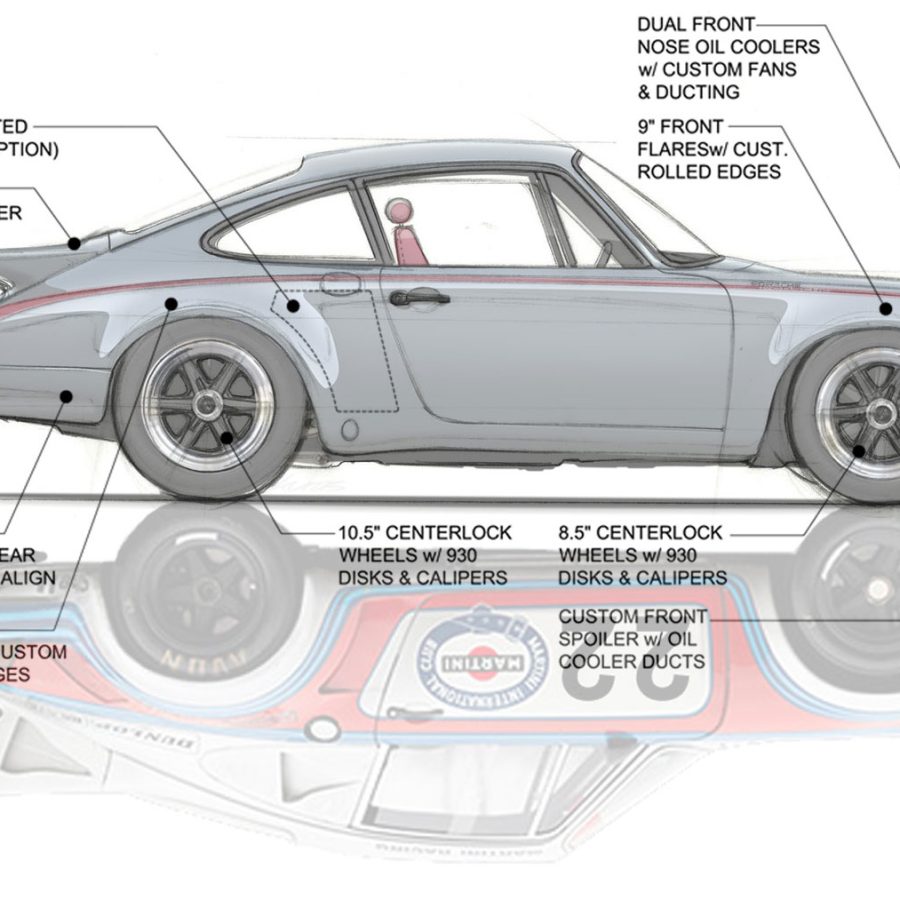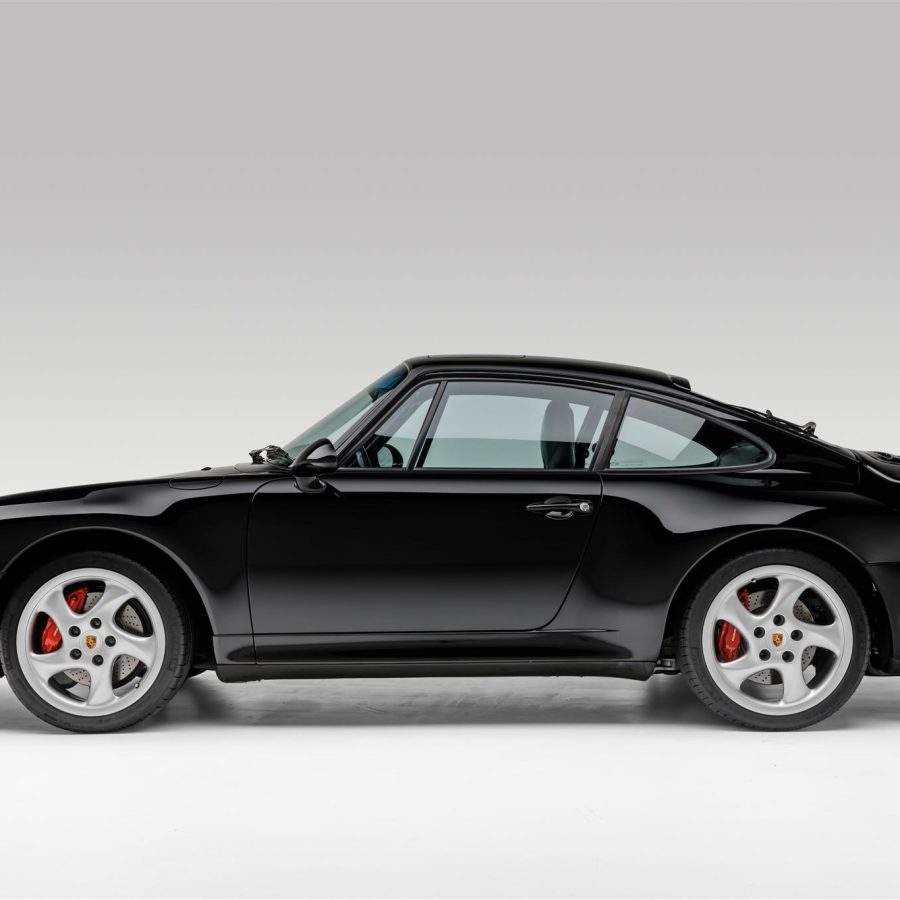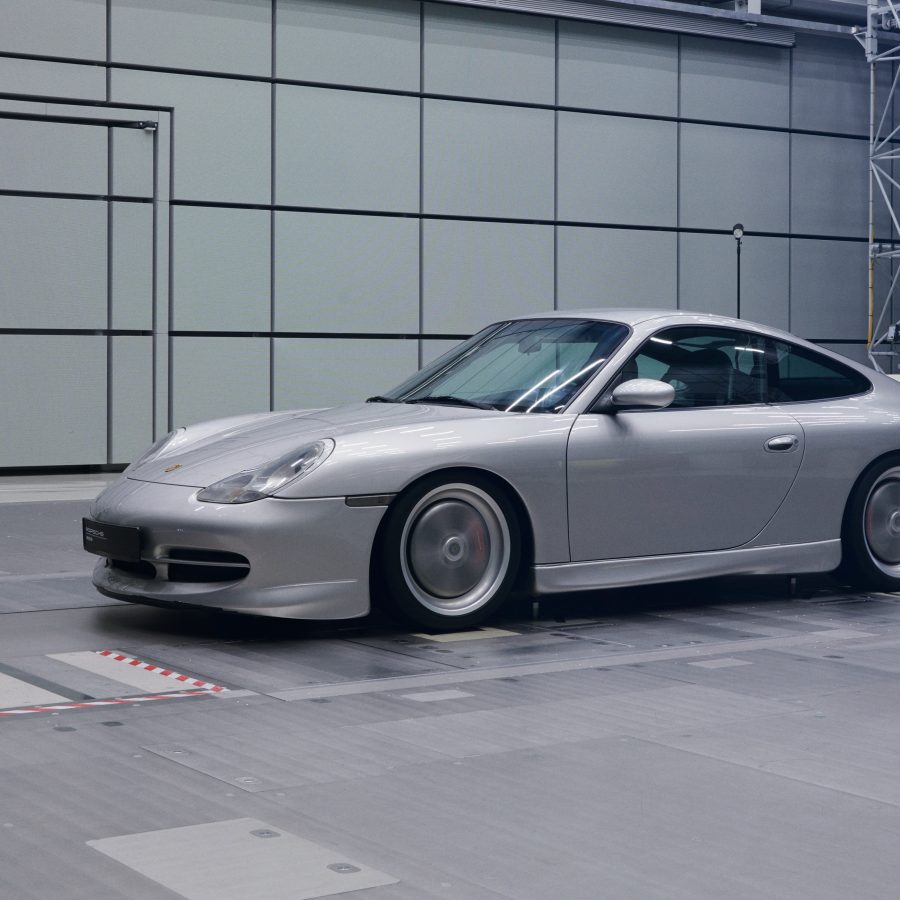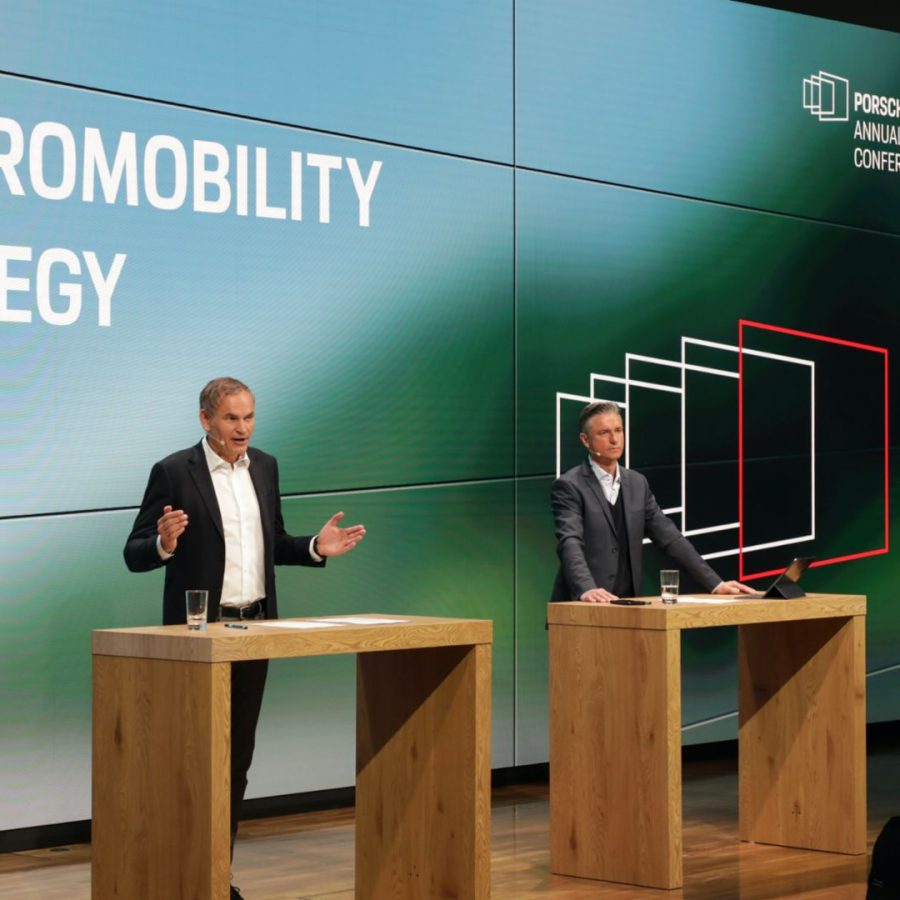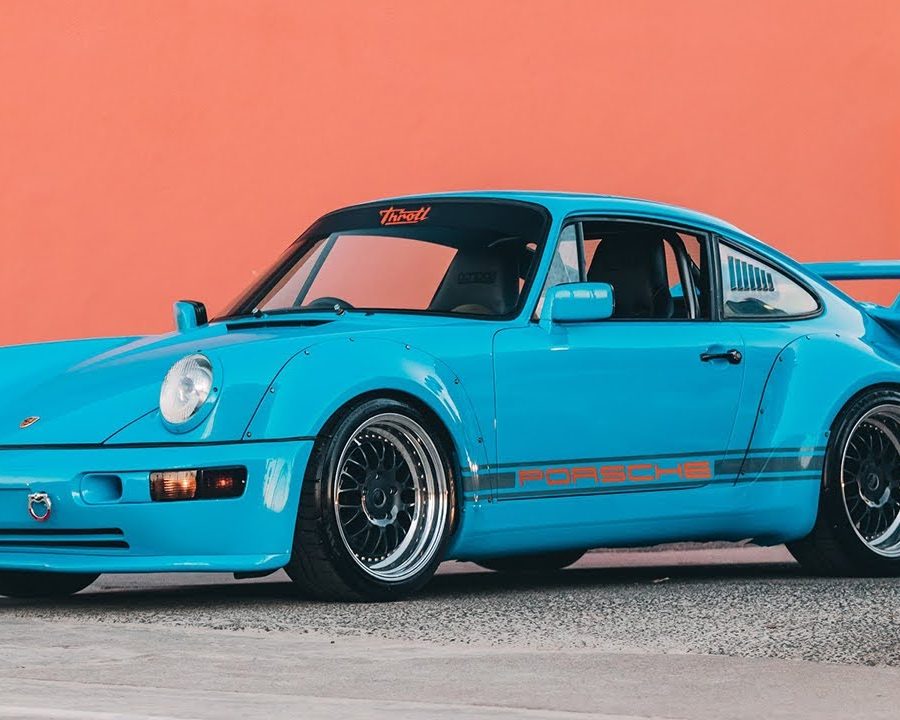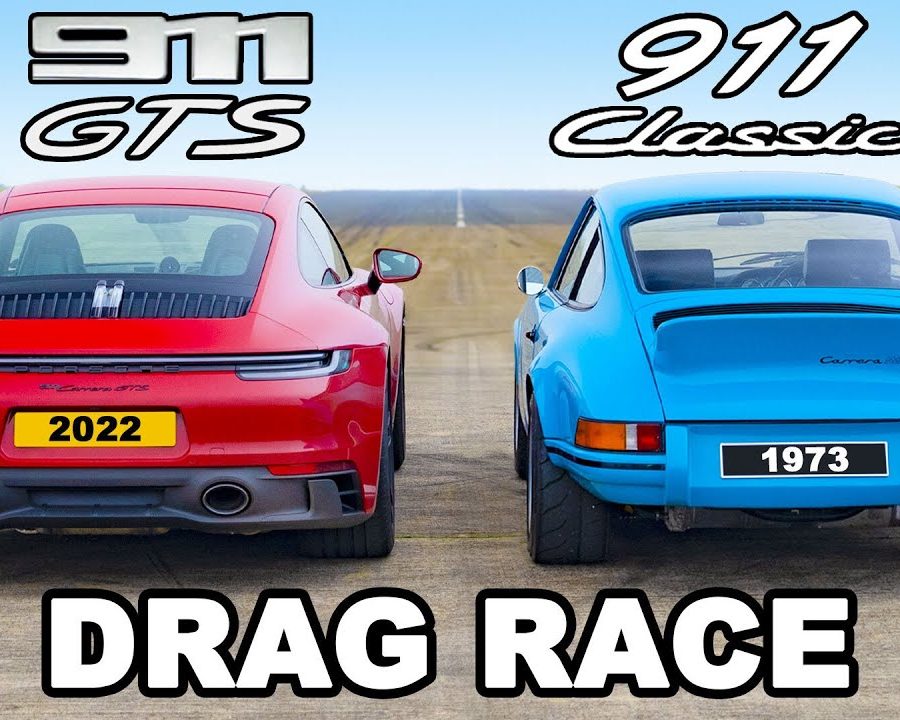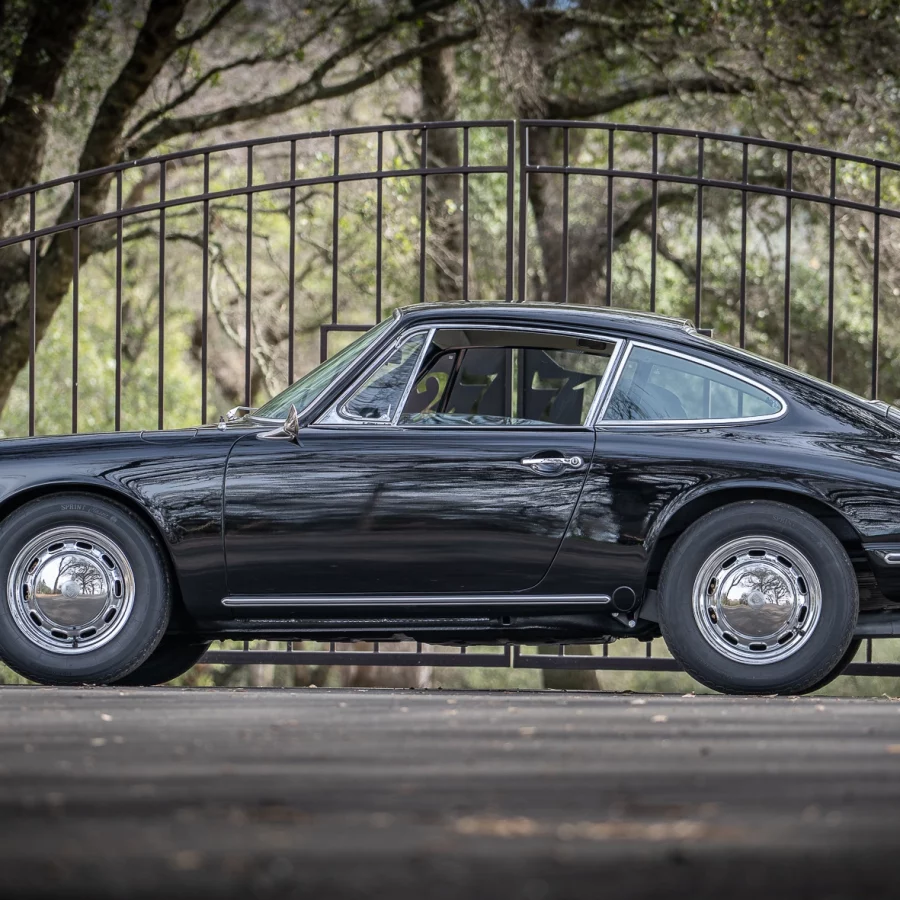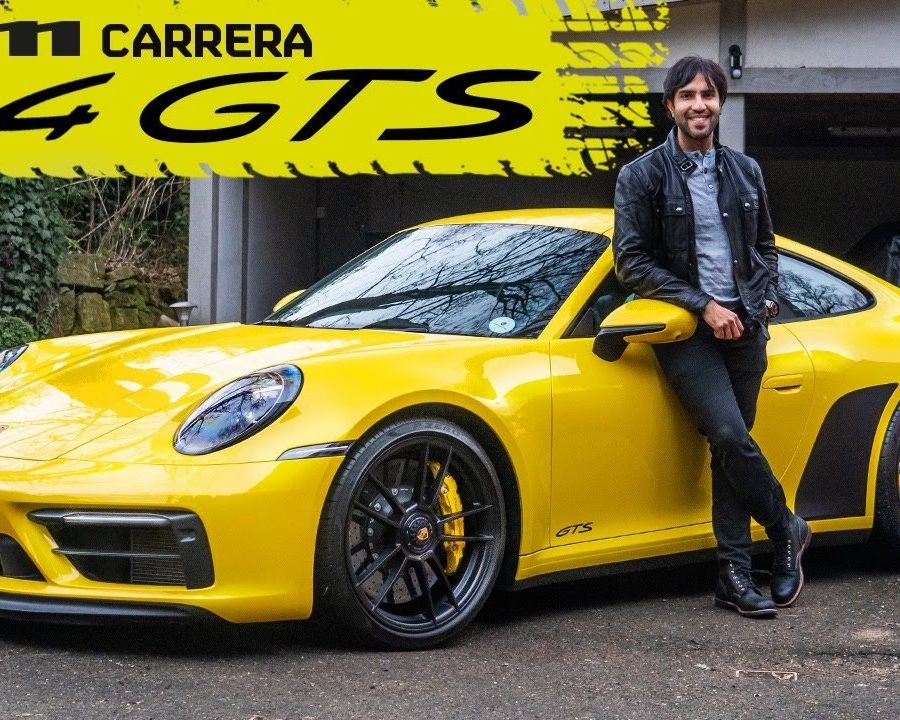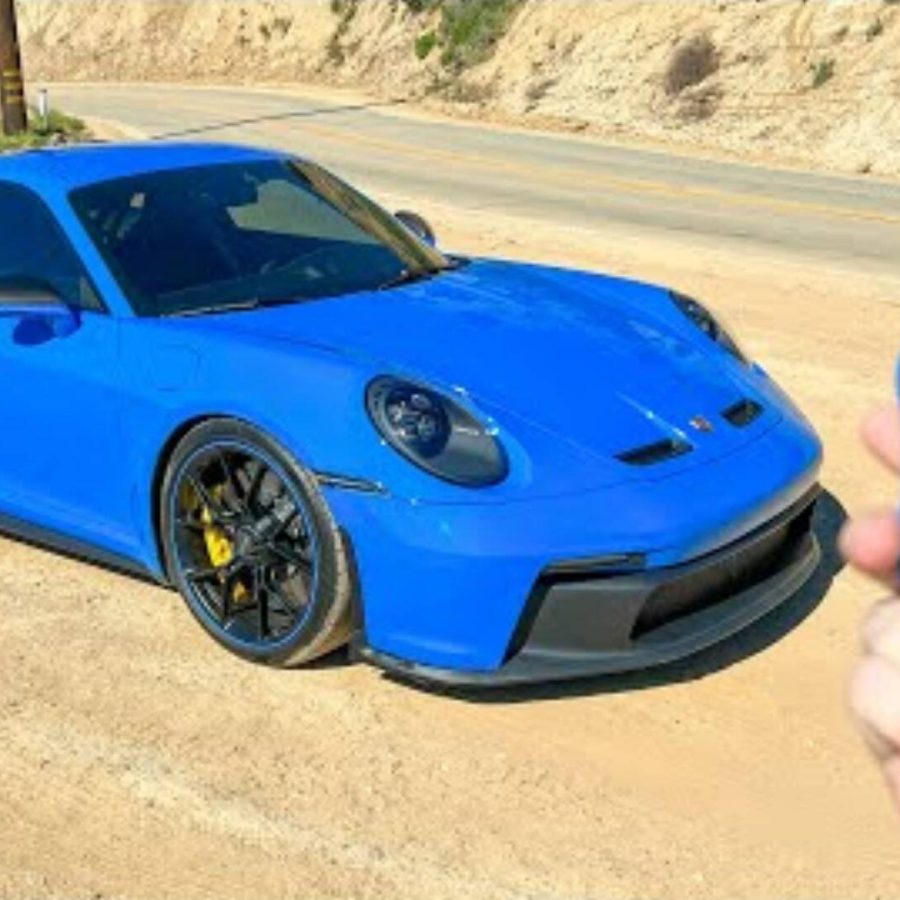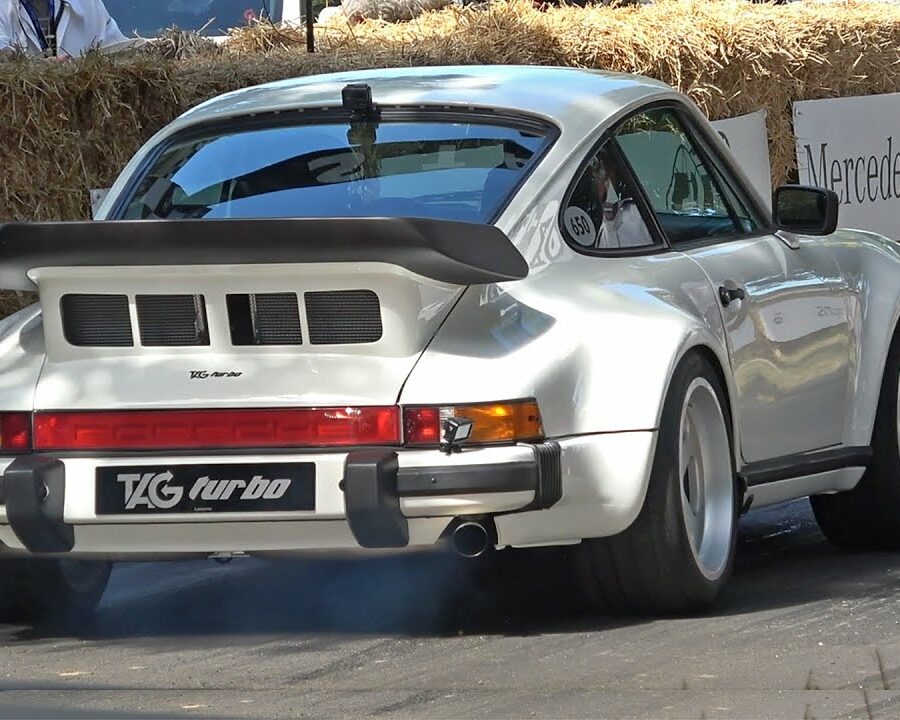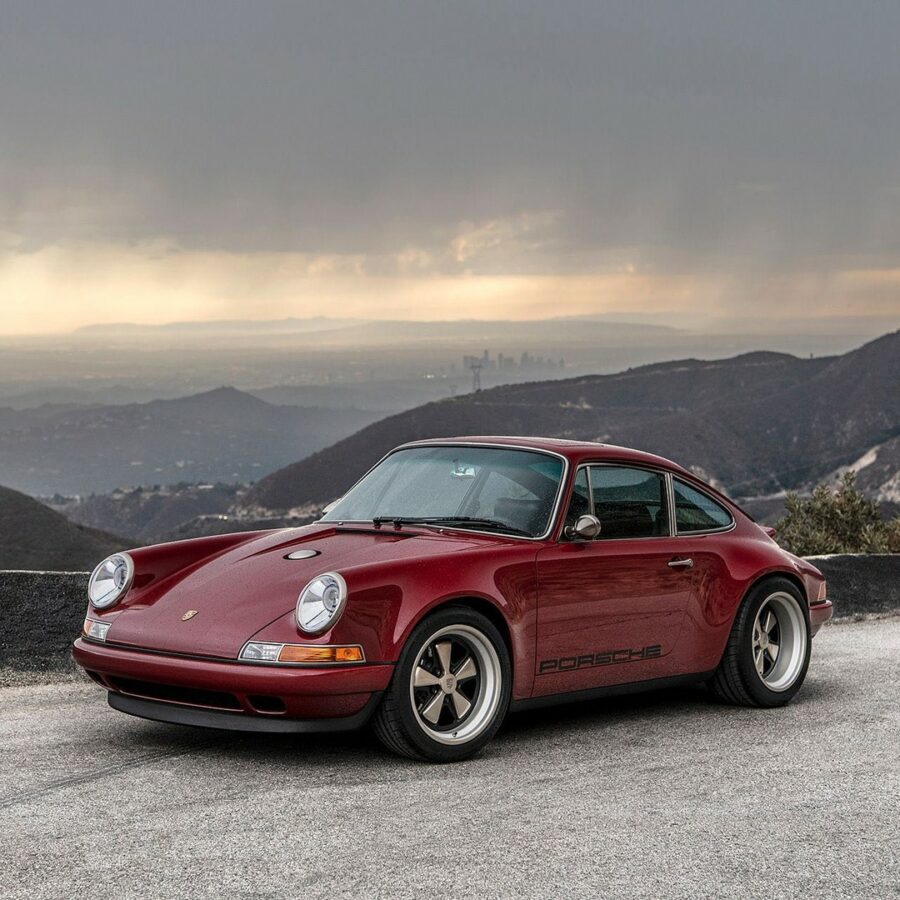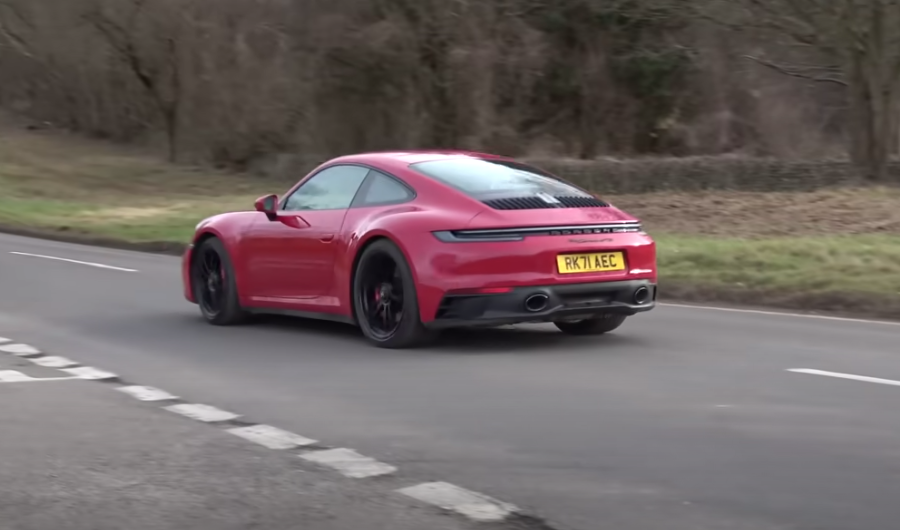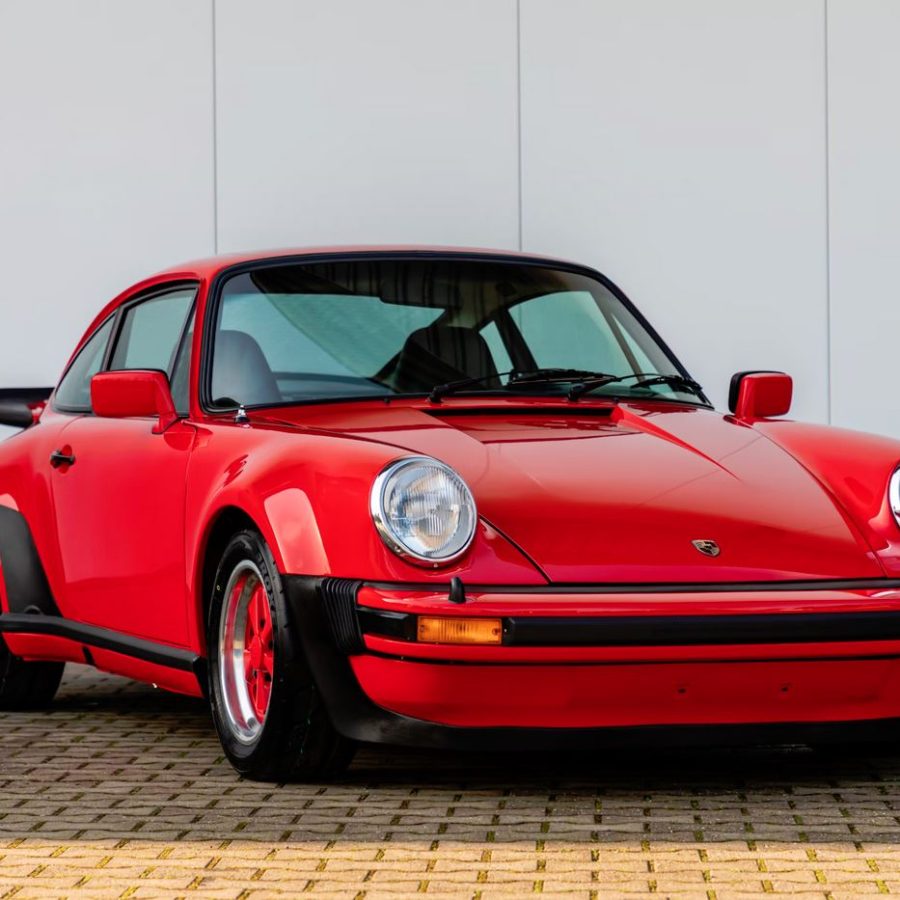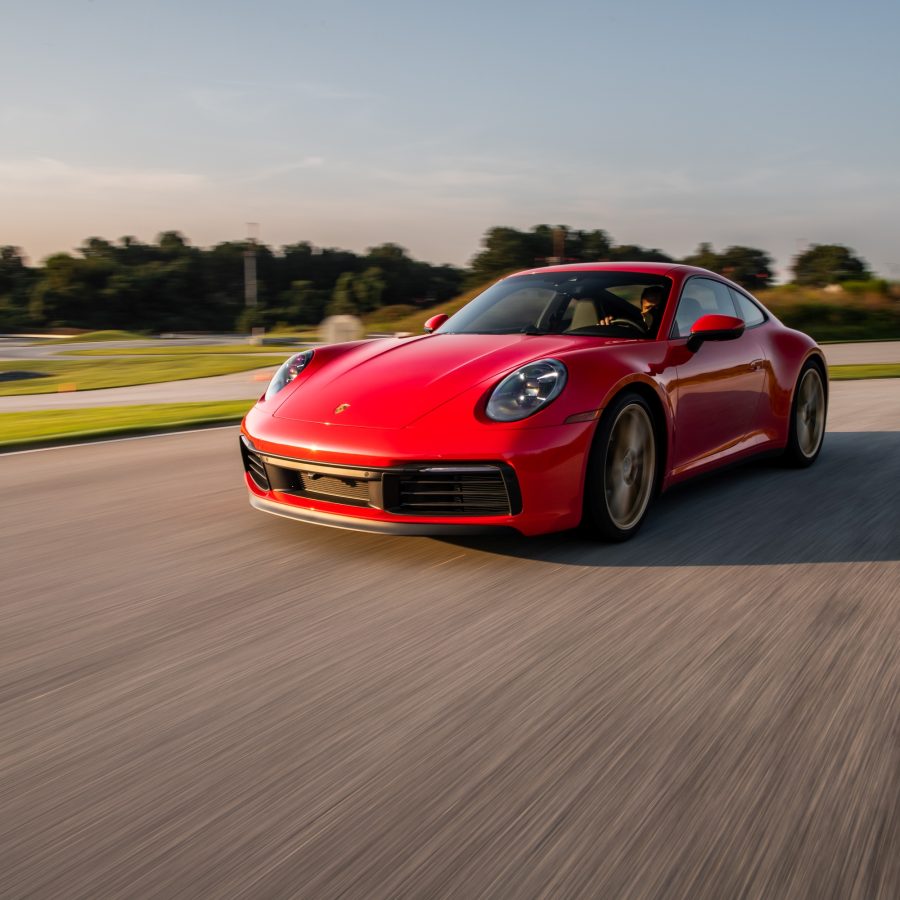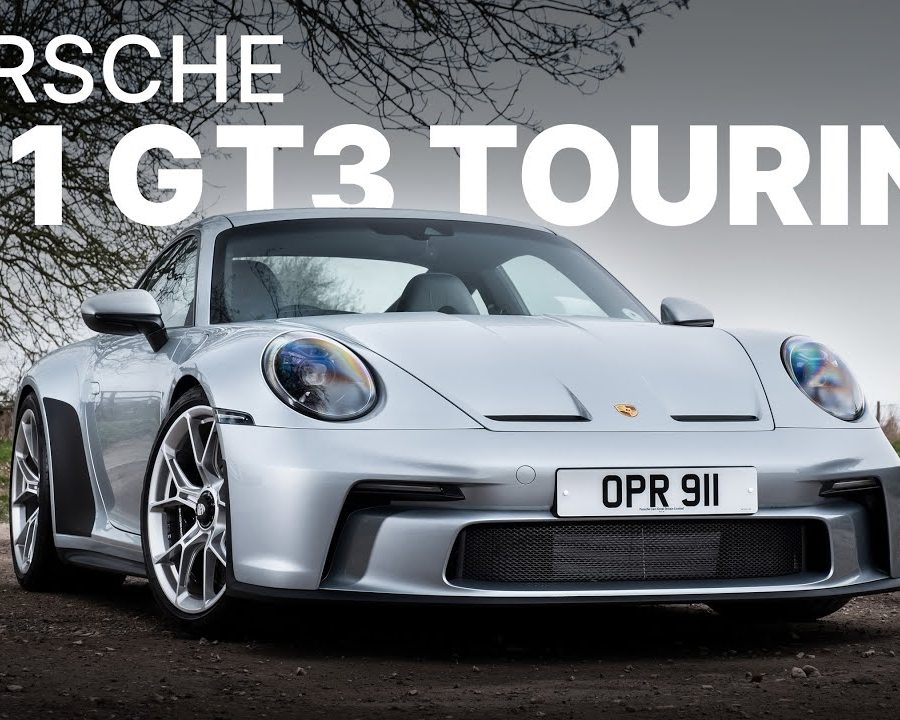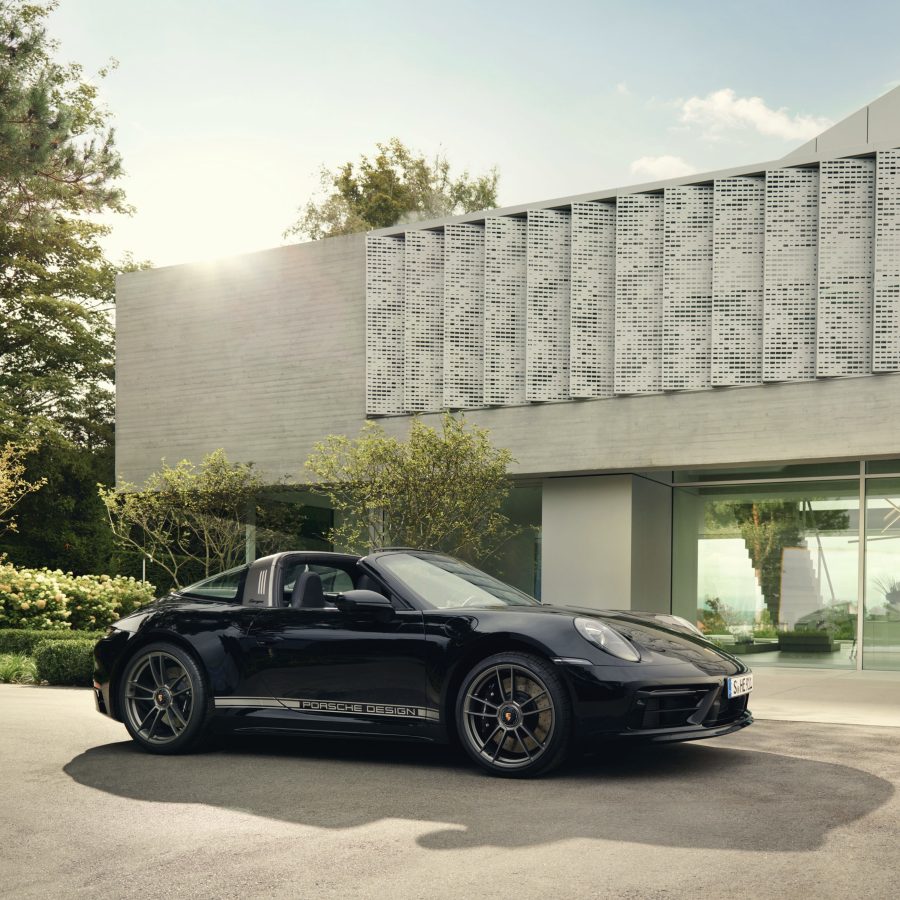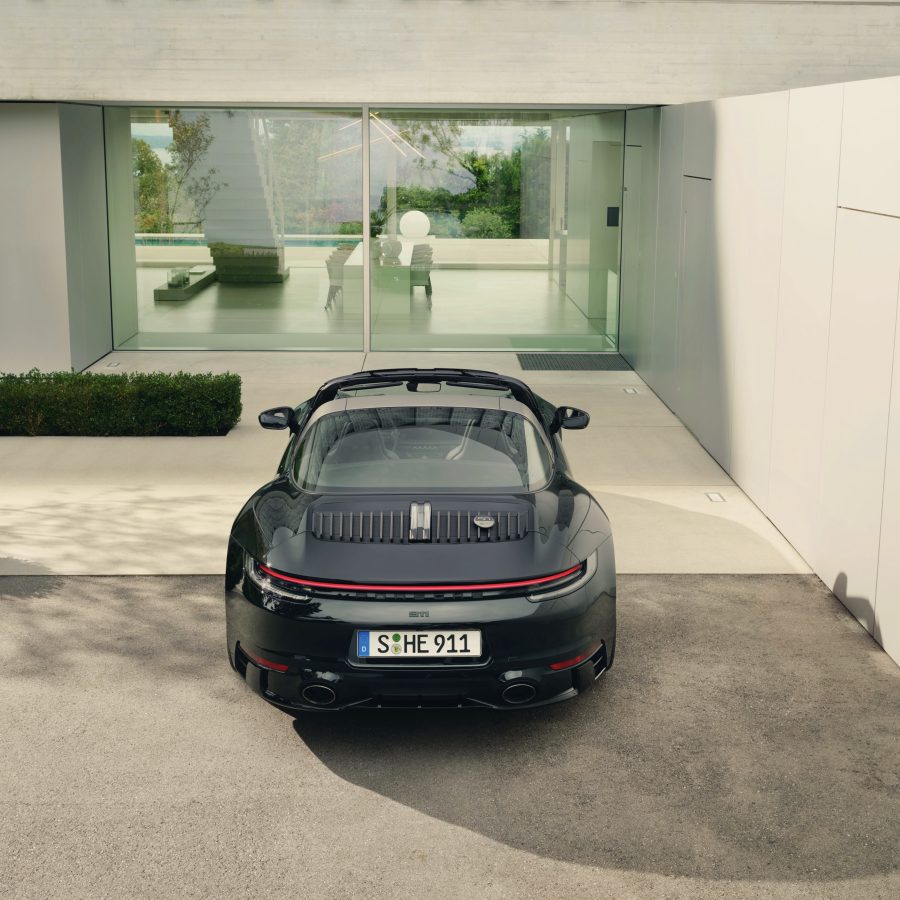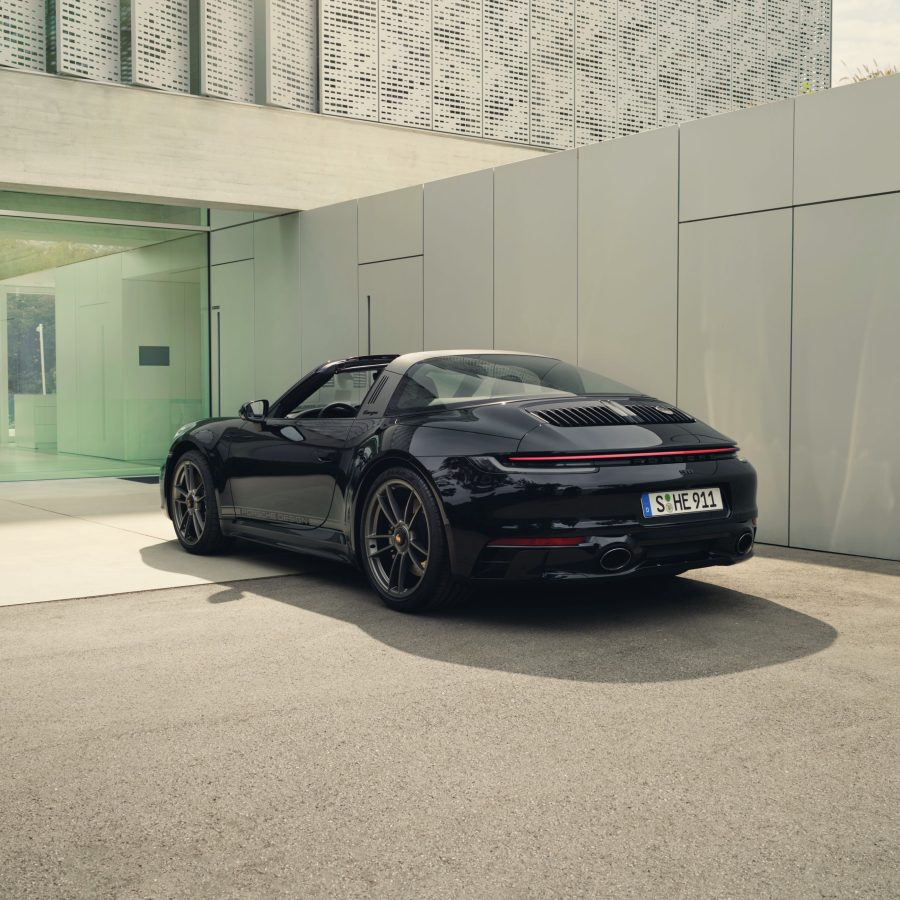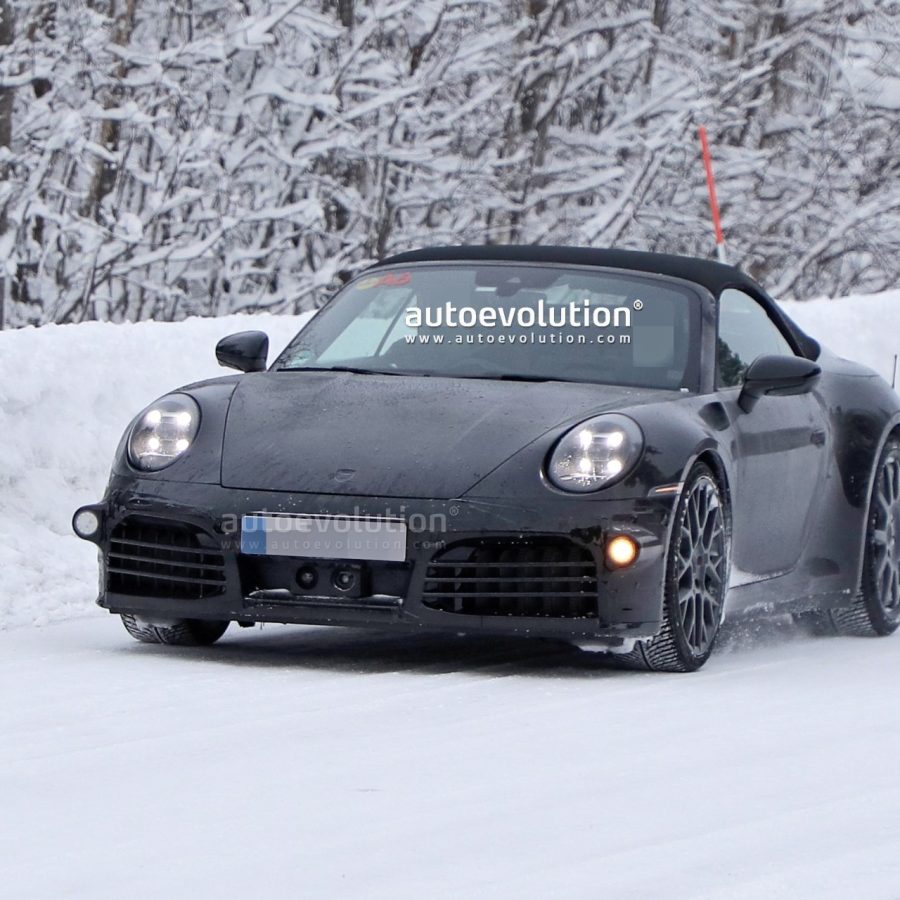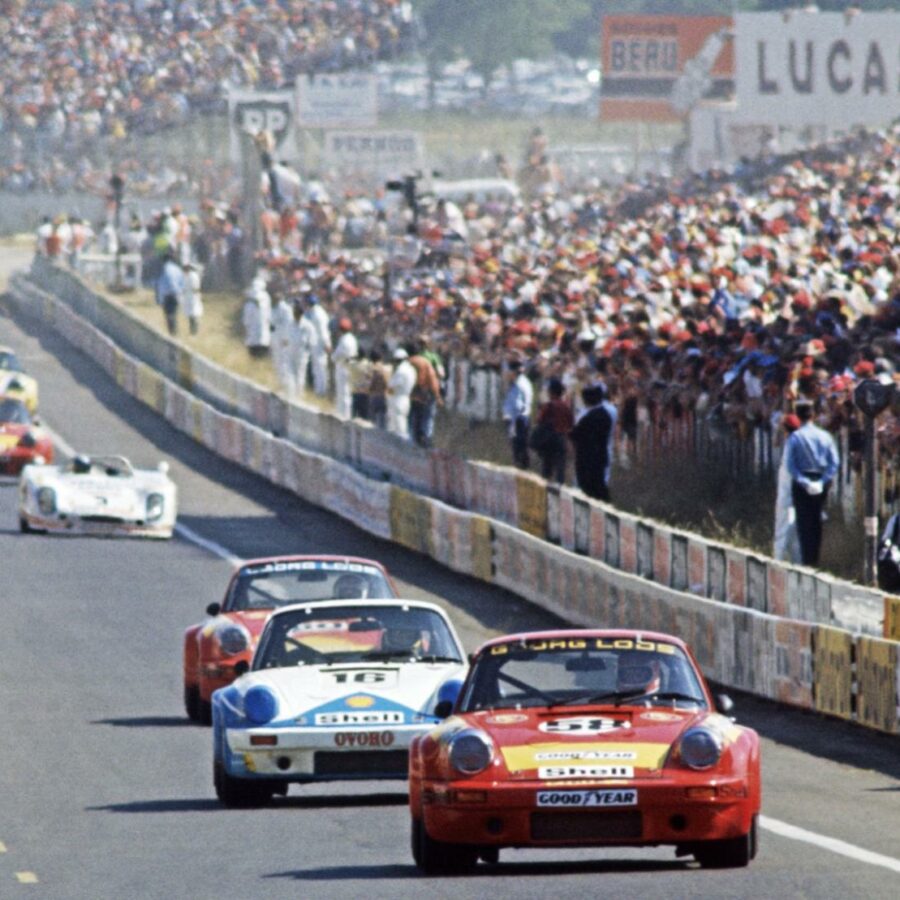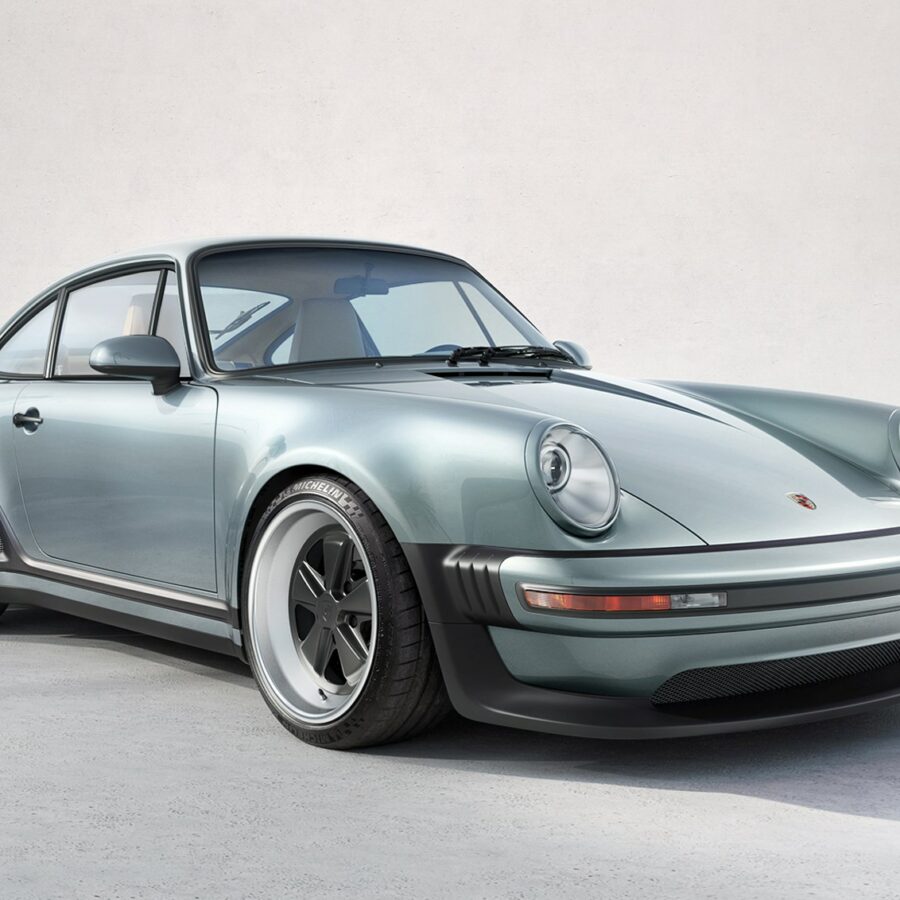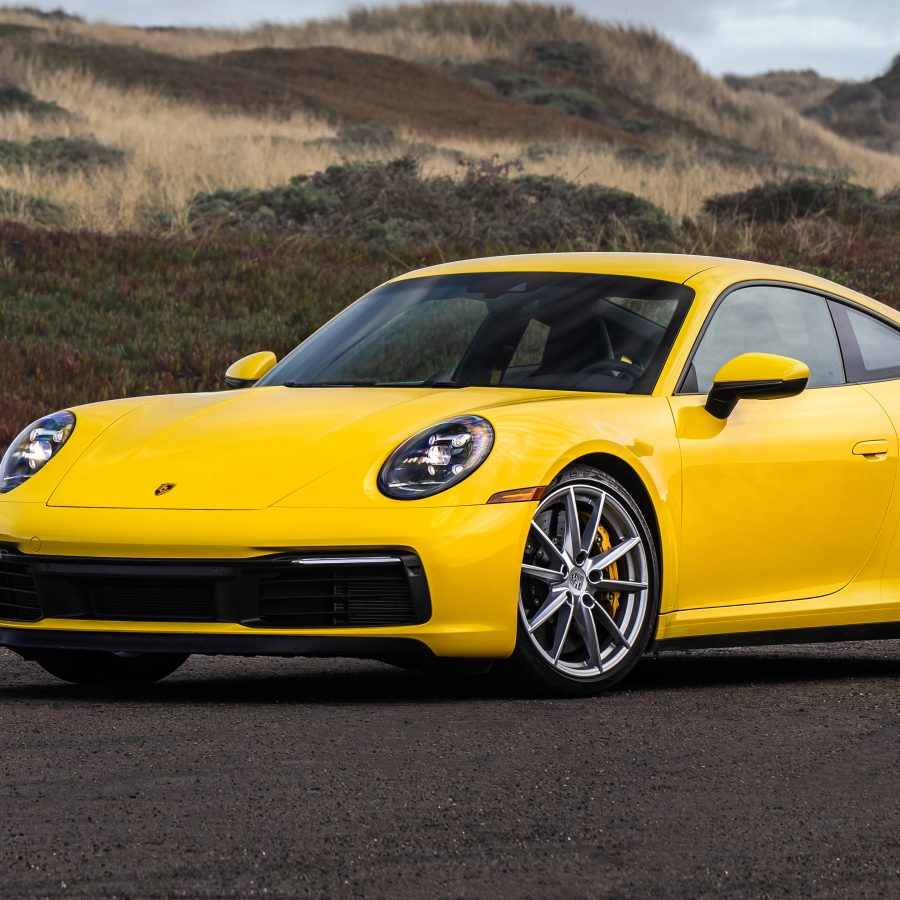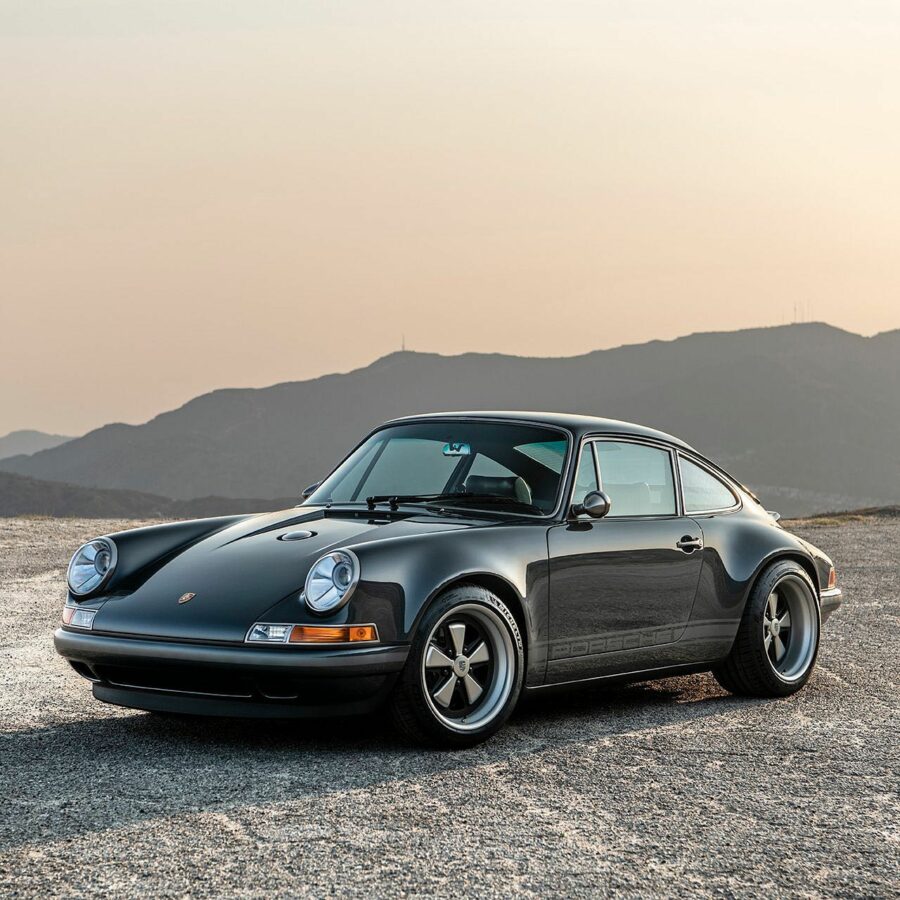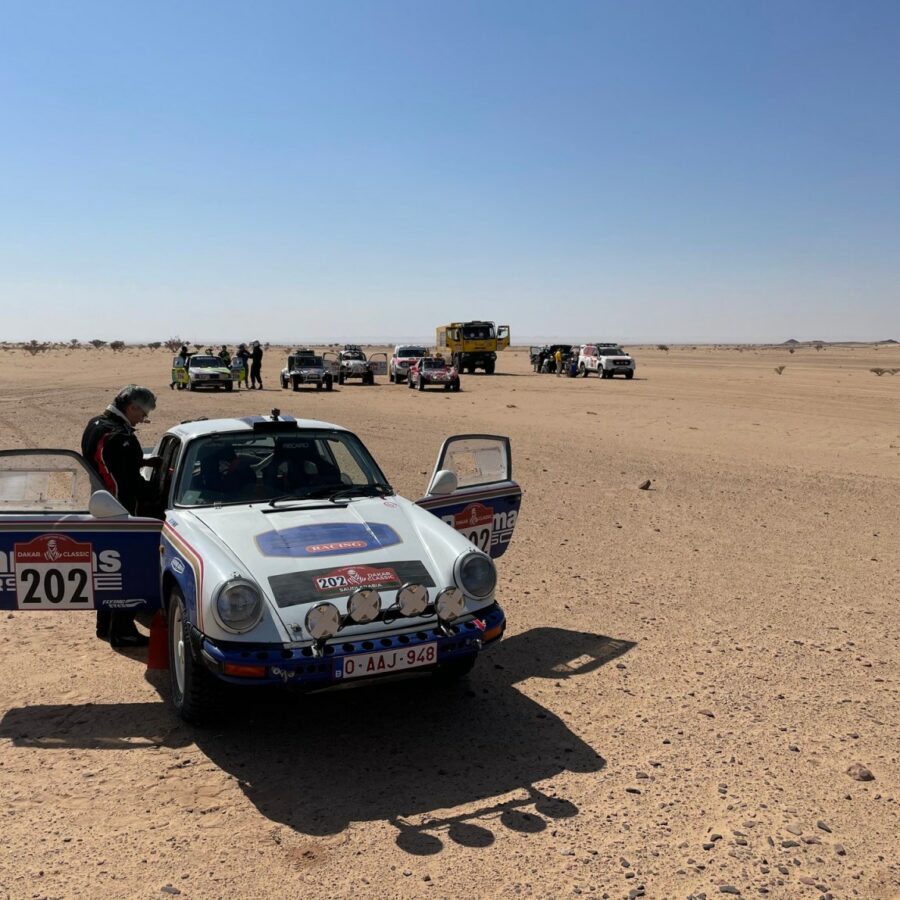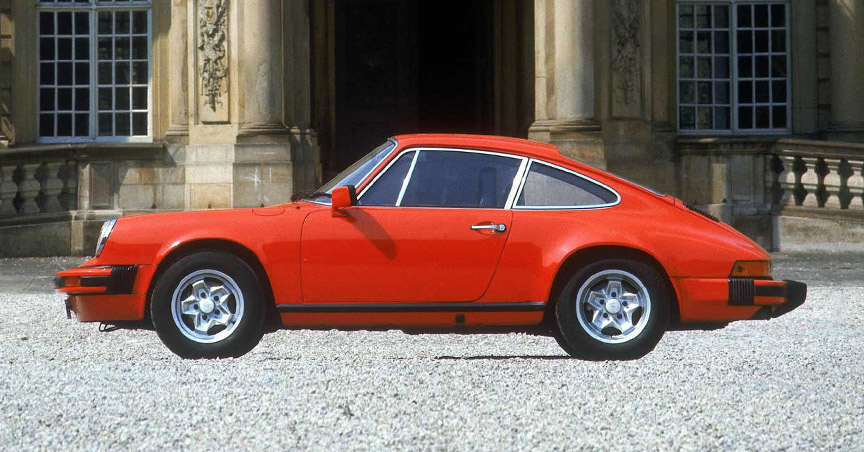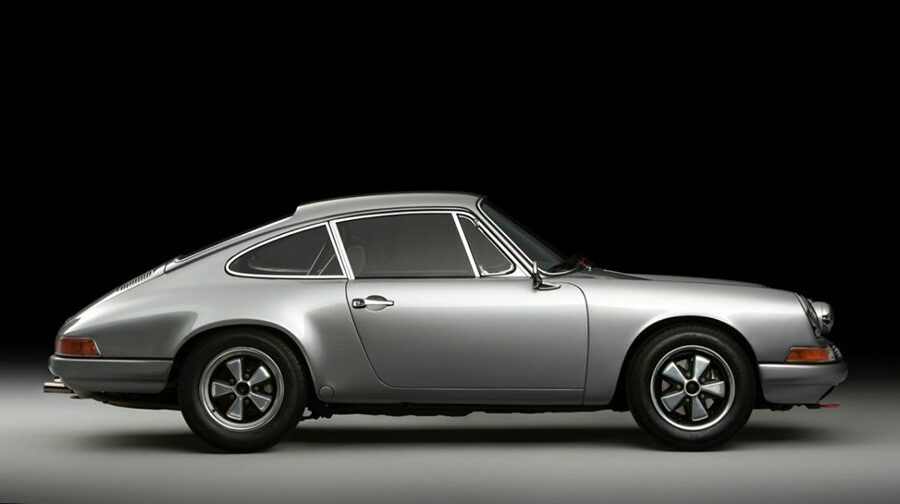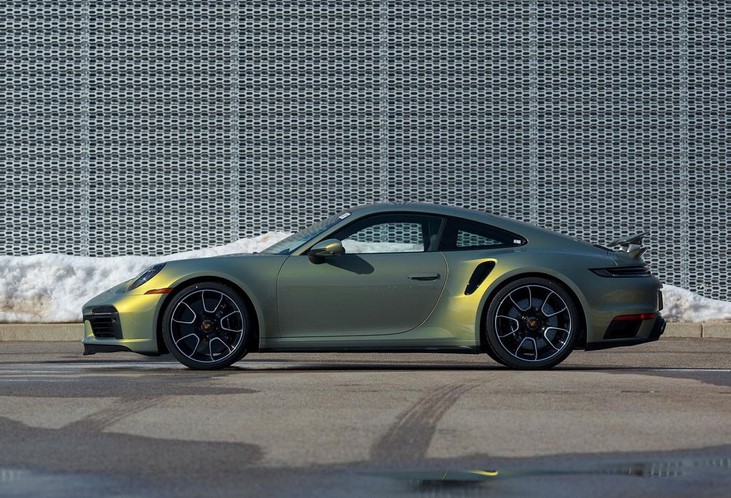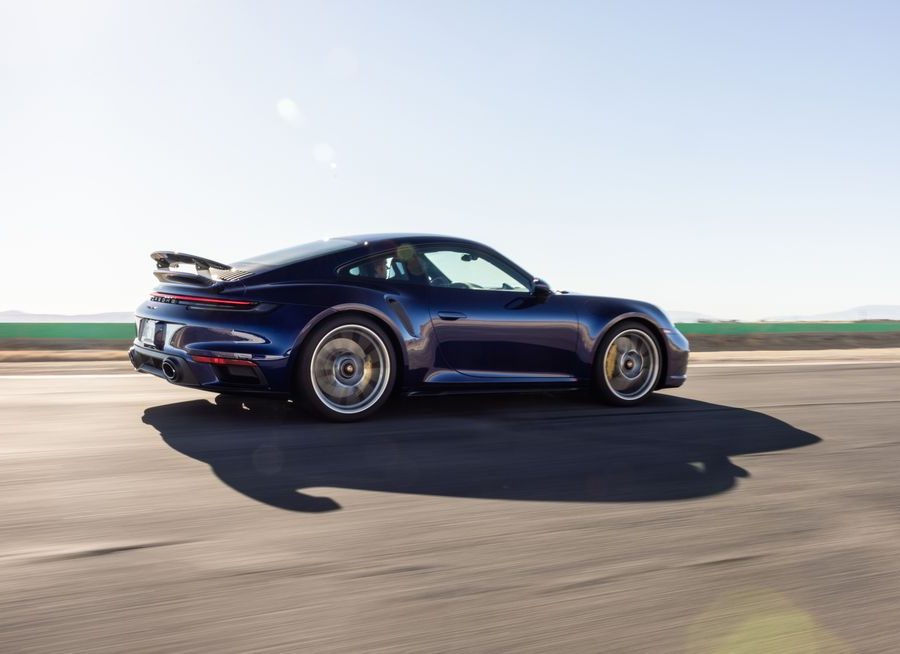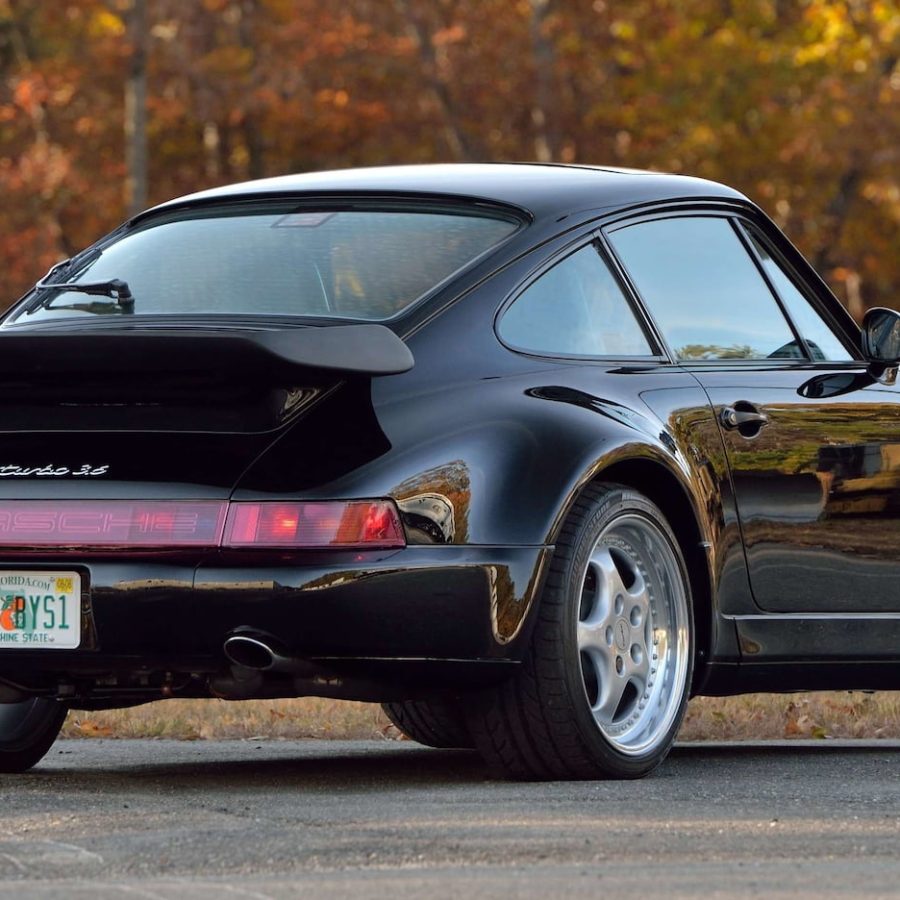Porsche 911
- Porsche 912
- 911 Carrera RS 2.7
- Porsche 901 (911)
- Porsche 911 (F-Series)
- Porsche 911 (991)
- Porsche 911 (G-Series)
- Porsche 911 (964)
- Porsche 911 (993)
- Porsche 911 (996)
- Porsche 911 (997)
- 911 Speedster Concept
- Porsche 911 (992)
- 964 Carrera 2
- 964 Carrera 4
- ’30 Jahre’ Anniversary
- 964 Speedster
- 964 Turbo
- 964 Carrera RS
- 964 Carrera Cup
- 964 RSR
- 993 Carrera
- 993 Carrera 4
- 911 Edition 50
- 993 Carrera 4S
- 911 2.0 Bertone Roadster
- 993 Carrera S
- 993 Targa
- 992 Sport Classic
- 993 Turbo
- 996 Carrera
- 993 Carrera RS
- 996 Carrera 4
- 993 GT2
- 992 America Edition 911
- 996 Targa
- 993 Carrera Cup
- 996 Carrera 4S
- 996 Turbo
- 996 Turbo S
- 996 GT3
- 996 GT3 RS
- 996 GT2
- 996 GT3 Cup
- 996 GT3 R
- 996 GT3 RSR
- 996 GT3 RS Race
- 997 Carrera
- 997 Carrera S
- 997 Carrera 4
- 997 Carrera 4S
- 997 Targa
- 997 Targa 4S
- 911 Carrera 3.0 Coupe (G-Series)
- 997 Turbo
- 997 Turbo S
- 992 Carrera T
- 997 GT2
- 997 GT2 RS
- 997 Speedster
- 997 Carrera GTS
- 992 Dakar
- 997 Carrera 4 GTS
- 997 GT3 Cup
- 997 GT3 R
- 997 GT3 RSR
- 997 GT3
- 997 GT3 RS
- 997 GT3 R Hybrid
- 991 Carrera
- 991 Carrera 4
- 991 Carrera S
- 991 Carrera 4S
- 991 Targa 4
- 991 Targa 4S
- 991 Turbo
- 991 Turbo S
- 991 Carrera GTS
- 991 Carrera 4 GTS
- 991 Targa 4 GTS
- 991 911 R
- 991 GT3
- Porsche 992 GT2 RS
- 991 GT3 RS
- 991 GT2 RS
- 991 Speedster
- 991 GT3 R
- 991 GT3 Cup
- 991 RSR
- 991 Carrera T
- 992 Carrera 2
- 992 Carrera 4
- 992 Carrera S
- 992 Carrera 4S
- 992 Targa 4
- 992 Targa 4S
- 992 Carrera GTS
- 992 Carrera 4 GTS
- 992 Targa 4 GTS
- 992 Turbo
- 992 GT3 R
- 992 Turbo S
- 992 GT3
- 992 911 S/T
- 992 GT3 Touring
- 992 GT3 RS
- 911 (G-Series)
- 992 GT2 RS
- 992 GT3 Cup
- 911 Carrera 3.0 (G-Series)
- 911 S (G-Series)
- Porsche 992 GT3 R Rennsport
- 911 SC (G-Series)
- 911 Carrera RSR 2.8
- 911 S/T
- 911 Carrera 3.2 (G-Series)
- 911 (Base Model)
- 911 Turbo (930)
- 911 SC Safari
- 911 L
- 911 Carrera RSR Turbo 2.1
- 911 T
- 911 E
- 911 Carrera RSR 3.0
- 911 S
- 911 SC San Remo
- Porsche 953
- 911 R
- 911 Carrera 3.2 Clubsport
- 911 Turbo LE
- 911 SC RS
- 911 T/R
- 911 Carrera 25th Anniversary
- 911 Carrera RS 3.0
- 911 Carrera Commemorative
- 911 Carrera 2.7 (G-Series)
- 911 3.2 Speedster
- 911 Turbo 2.7
- 964 Turbo S
- Porsche 954
- 992.2 GT3
- 992.2 GT3 Touring
The Current Porsche Market & Prices
The guys talk about the current market on the 992 and deep dive into the crazy secondary market pricing.
Porsche 911 Carrera GTS Cabriolet America Edition (992)
The 911 Carrera GTS Cabriolet America Edition pays tribute to the 356 America Roadster.
My First 1973/4 Porsche RS/R
A trip down memory lane with John Starkey’s 1973 RS 2.7 Carrera
Manthay Porsche 911 GT3 Shaves Over Four Seconds off Nürburgring Time
Porsche's 911 GT3 with the Manthey Performance Kit has lapped the Nürburgring Nordschleife in just 6:55.737
Big Sur Commission by Singer Vehicle Design
The Big Sur was revealed this week and features a 4.0-liter engine sending power to the rear wheels.
Unicorn Alert. 4k Mile Porsche 997.2 GT3 RS 4.0 Up at Auction
The best Porsche 911 ever made could be yours
1973 Porsche 911 RS Restomod Is Pure Porsche Hot Rod
For the enthusiast that appreciates Porsche’s motorsports tradition
Listen to Fabspeed Motorsport’s Porsche 992 GT3 Aftermarket Exhaust
The most powerful emissions compliant 992 GT3 exhaust system on the market
Porsche 911 Sport Classic (992) (2023)
A total of 1,250 examples of the limited-edition model by Porsche Exclusive Manufaktur
Stunning One-Off Porsche 911 Speedster
Do You Love Green Cars? This Porsche 911 Speedster Is a Subtle One-Off
The 2023 Porsche 911 Sport Classic: A Greatest Hits Album
A dash of 1970s rock, a sprinkle of 2020 power, and a whole lot of awesome
In-Depth: The 1972 Porsche RS/RSR 911 360 0001 Prototype
The story of the development of the Porsche 911 RS/RSR prototype in the middle of 1972
Porsche 911 Edition 50 Years Porsche Design (992) (2022)
Only 750 units of the special 911 will be made. Honors the first product created by the Porsche Design studio in 1972
Porsche 911 G-Series (1973 – 1989) – Paint Colors (Exterior & Interior)
Color Options and Samples
Porsche 911 F-Series (1963 – 1973) – Paint Colors (Exterior & Interior)
Color Options and Samples


